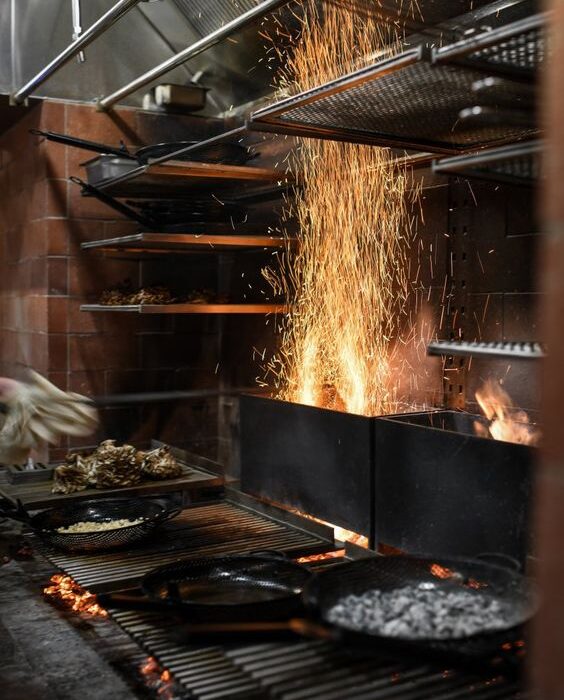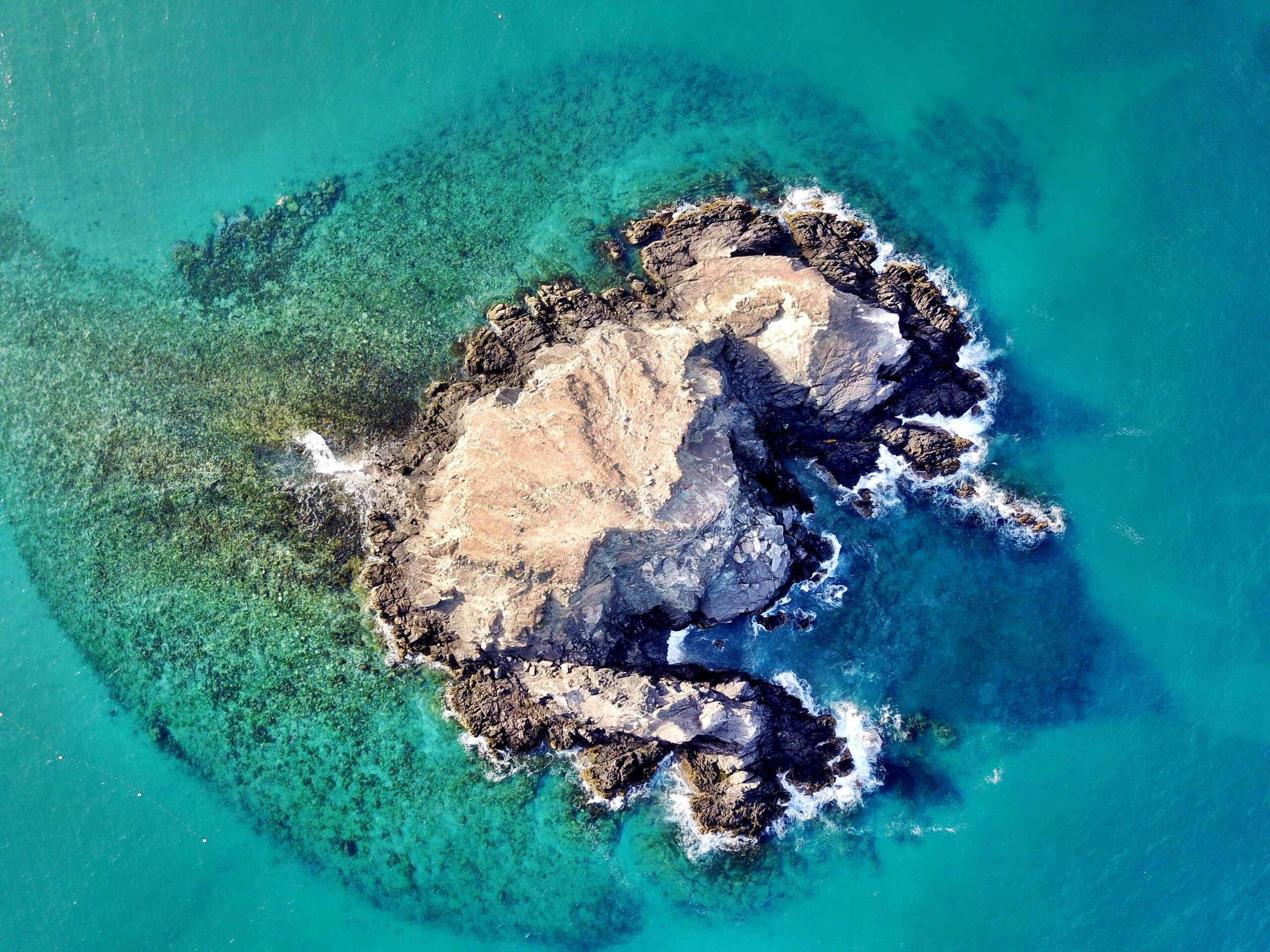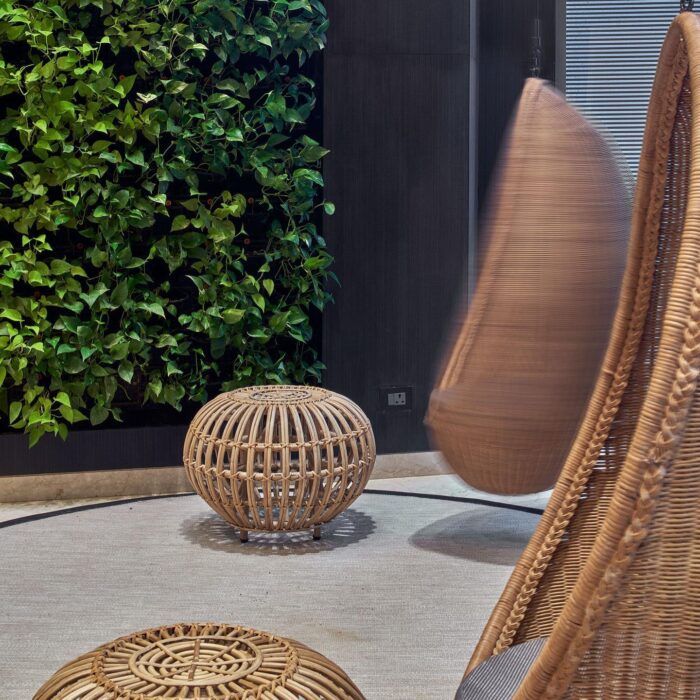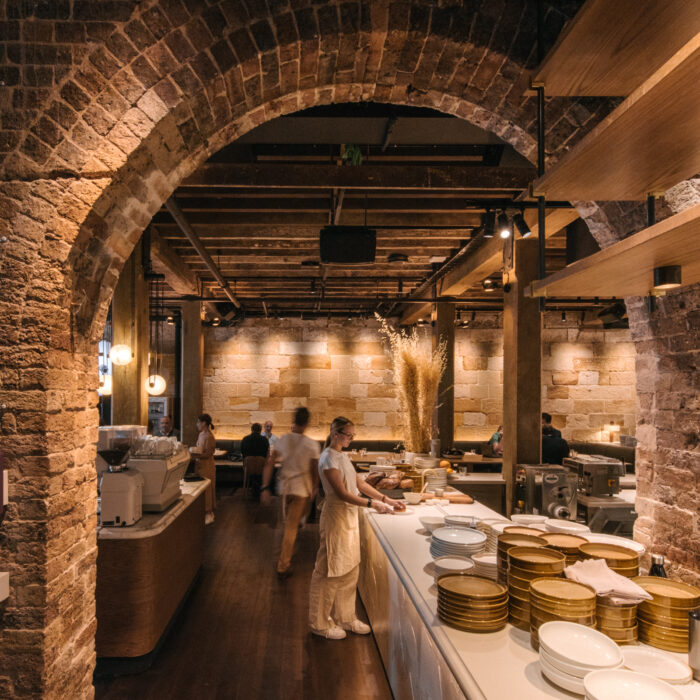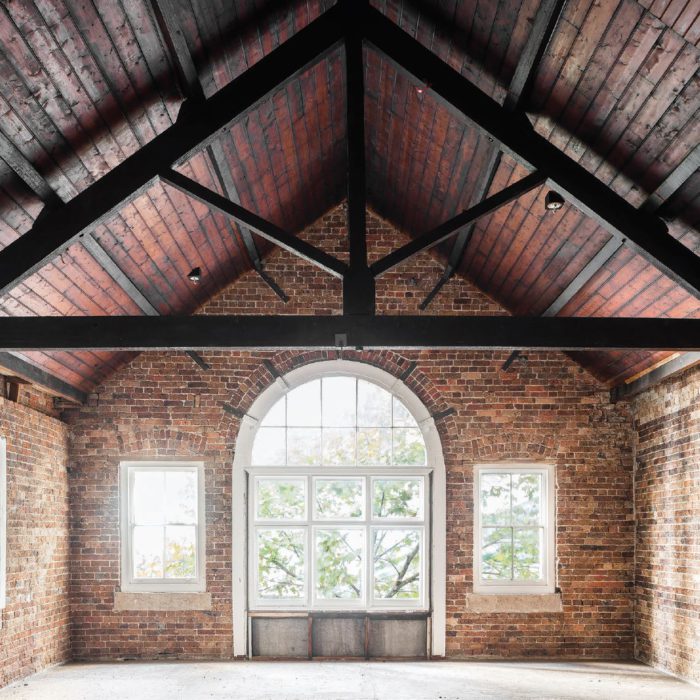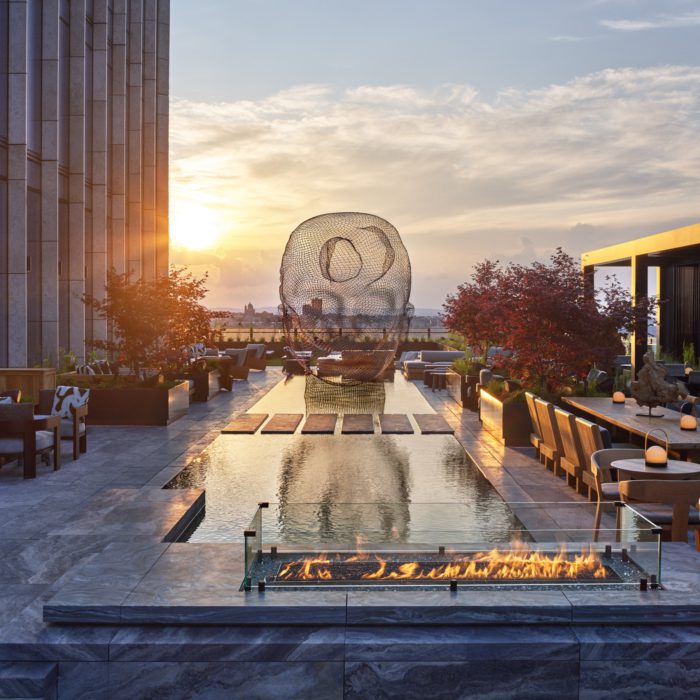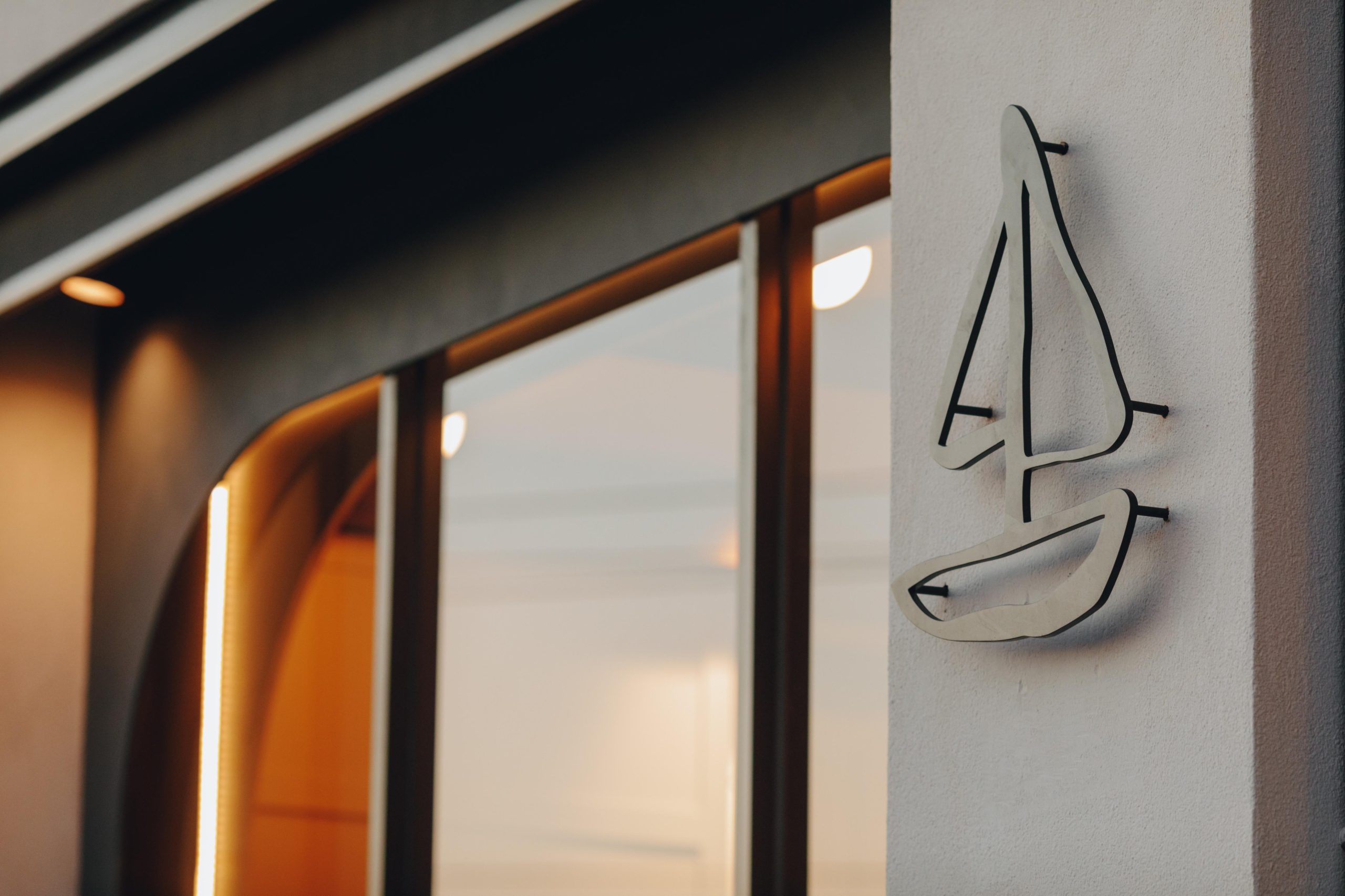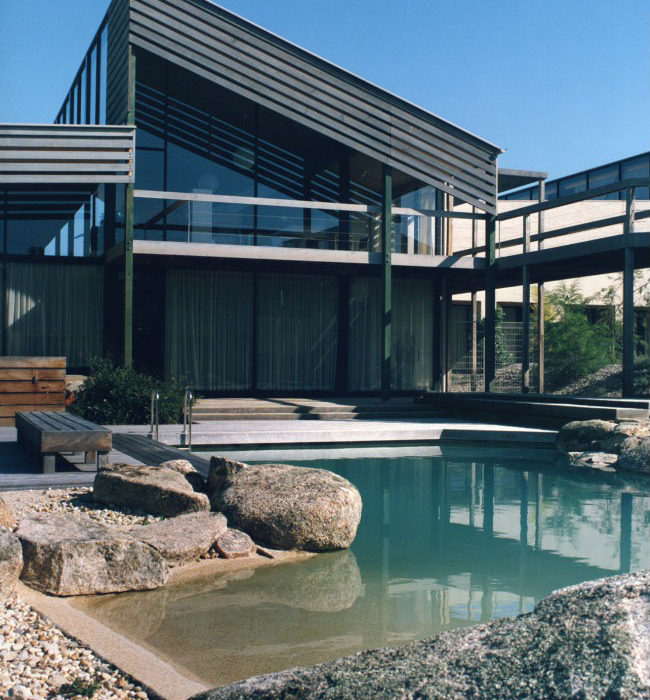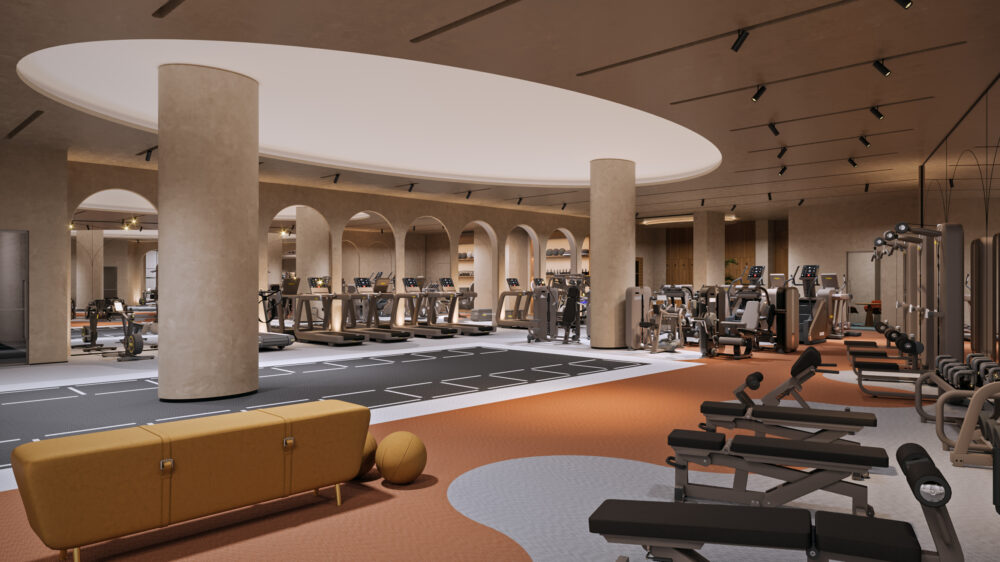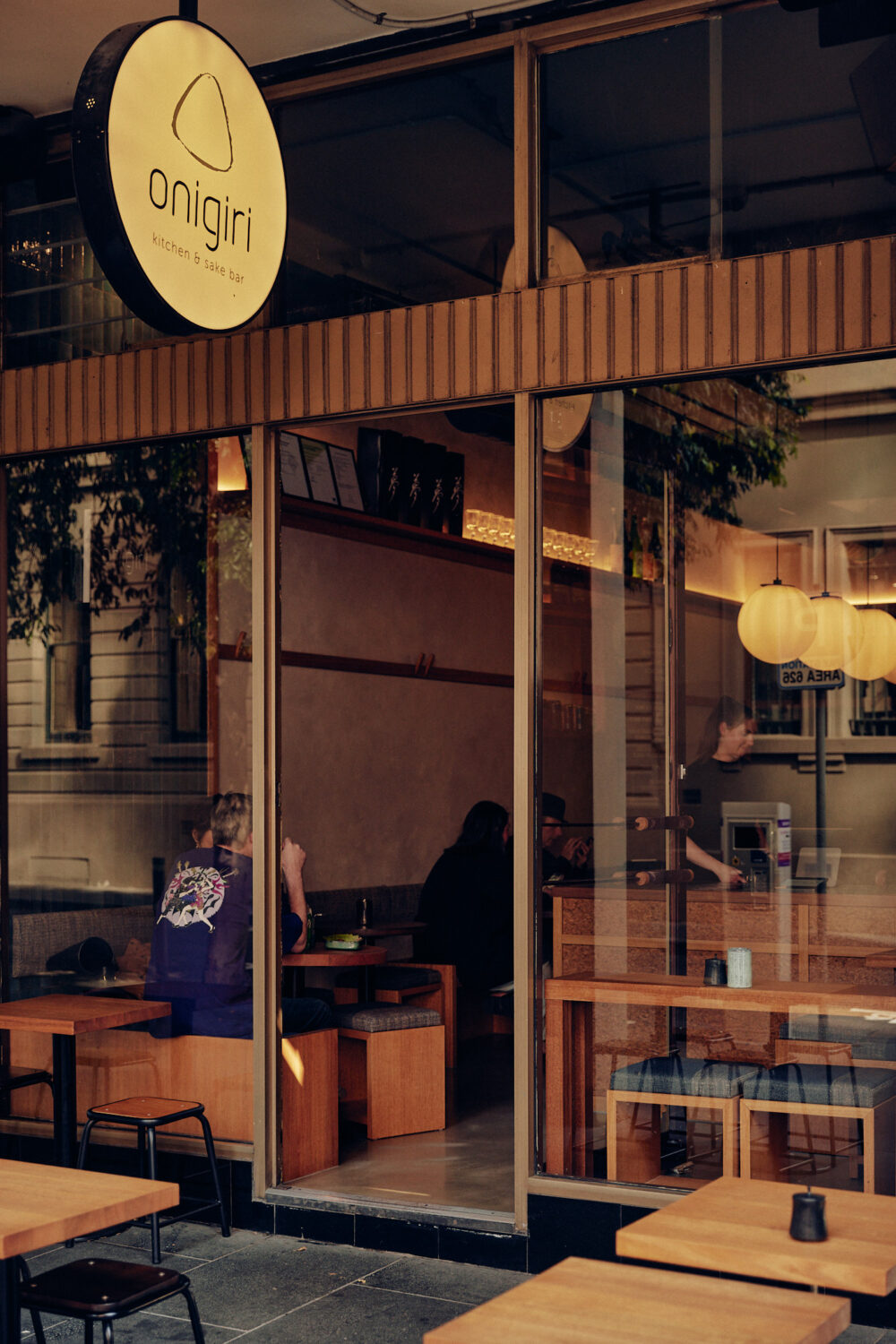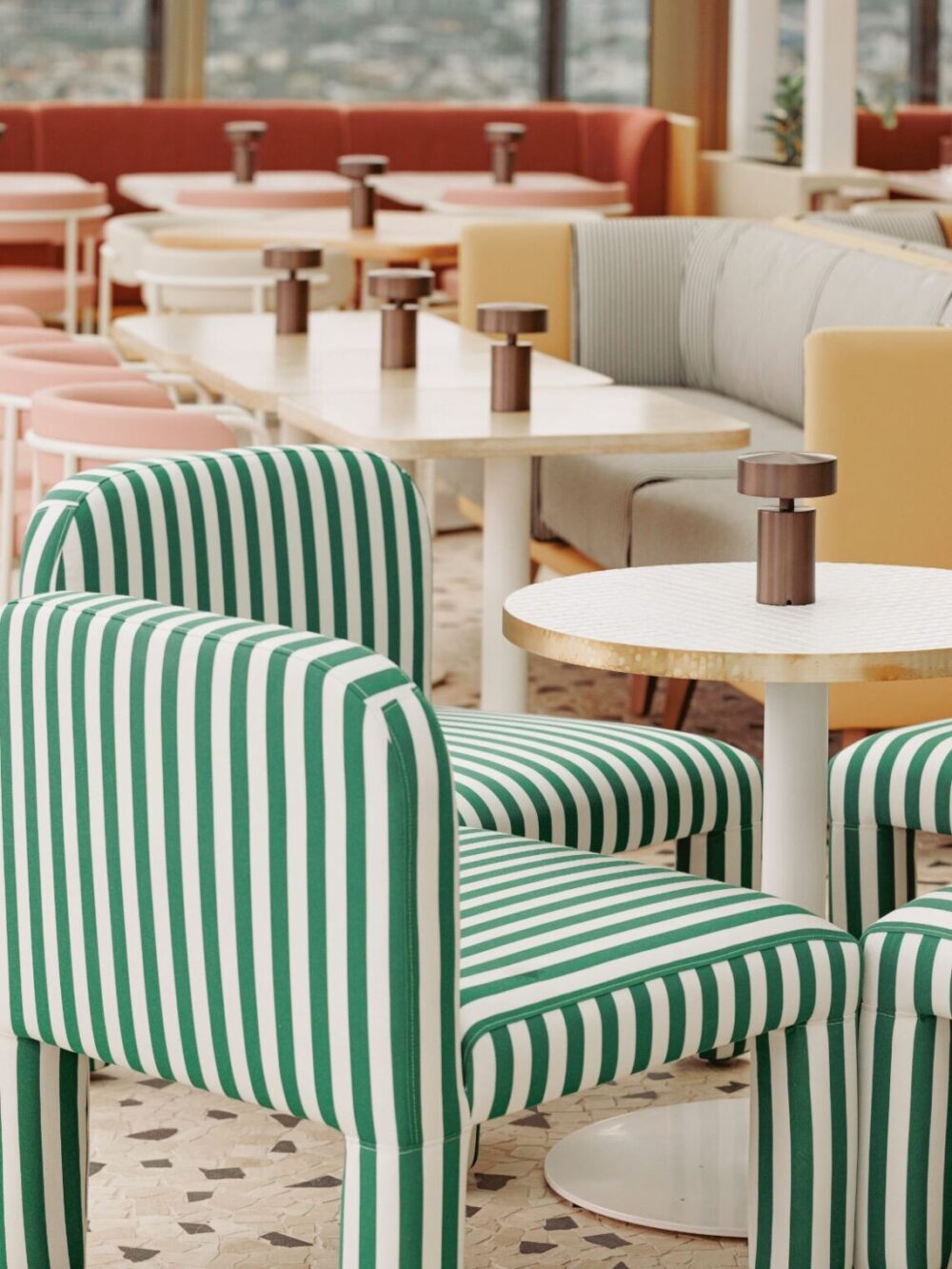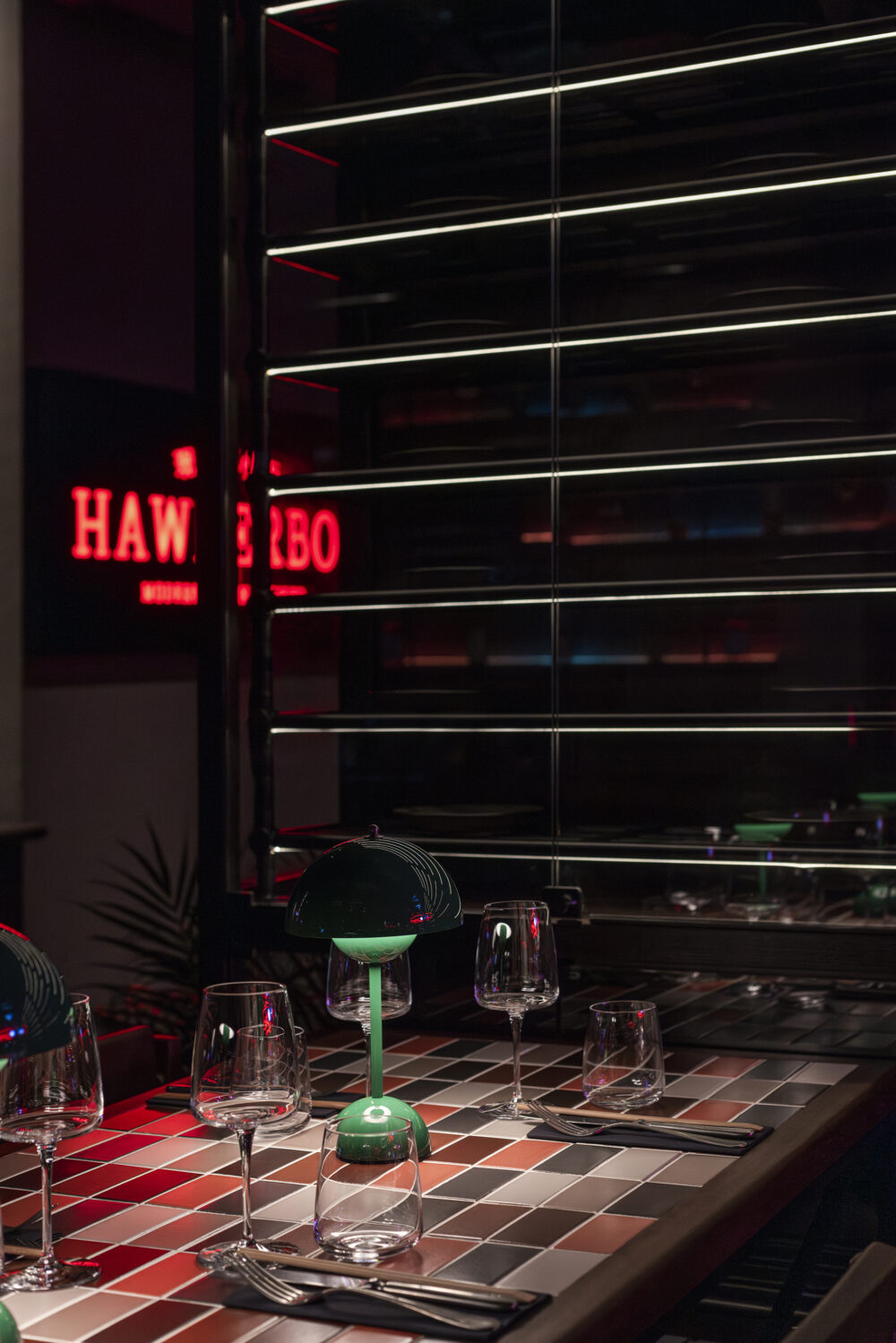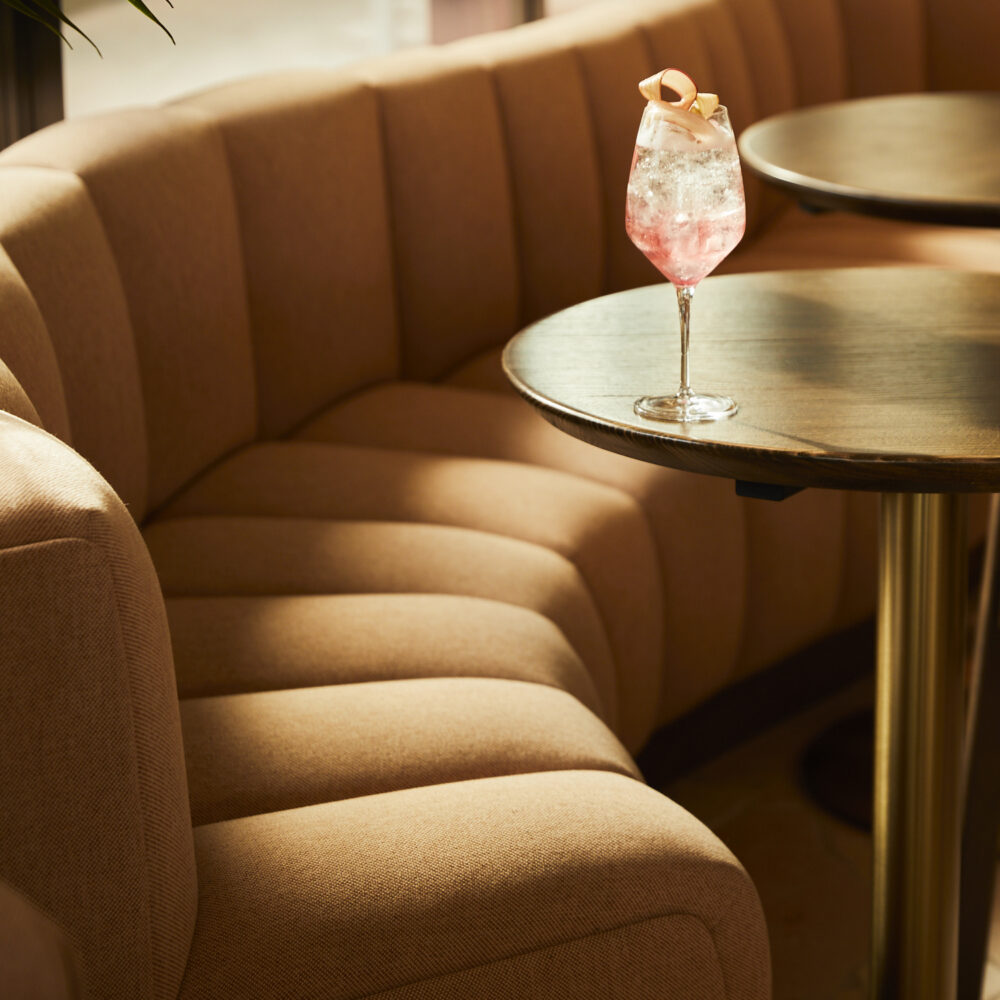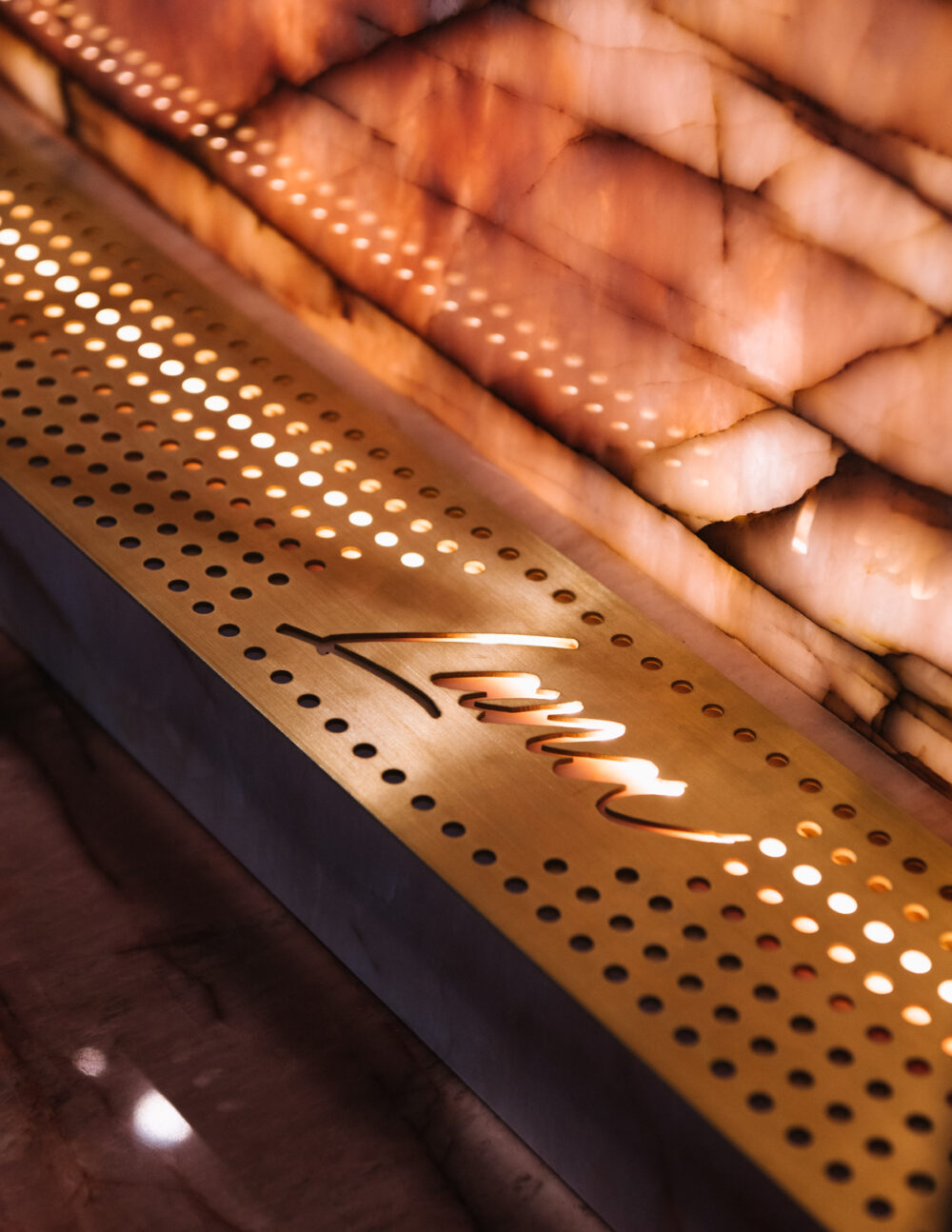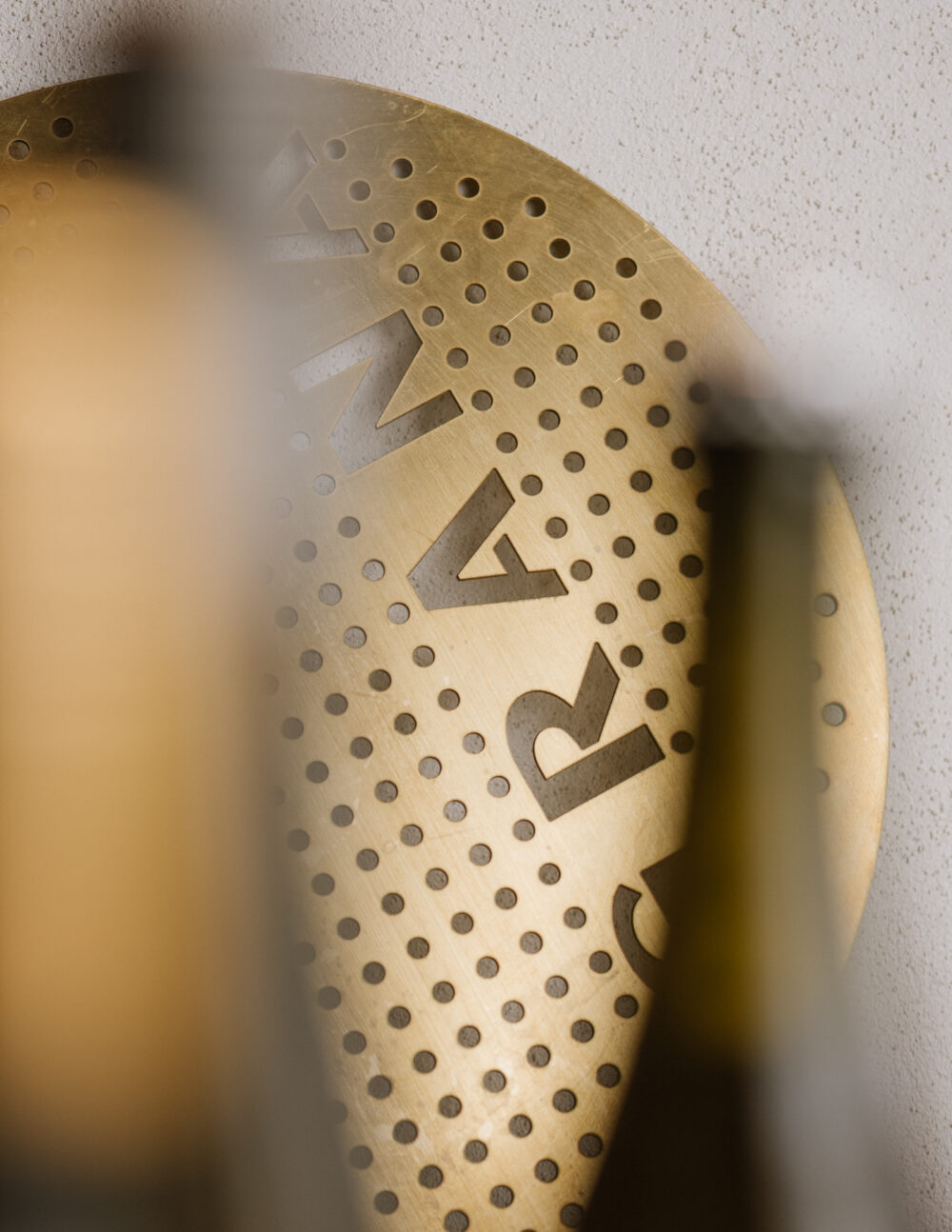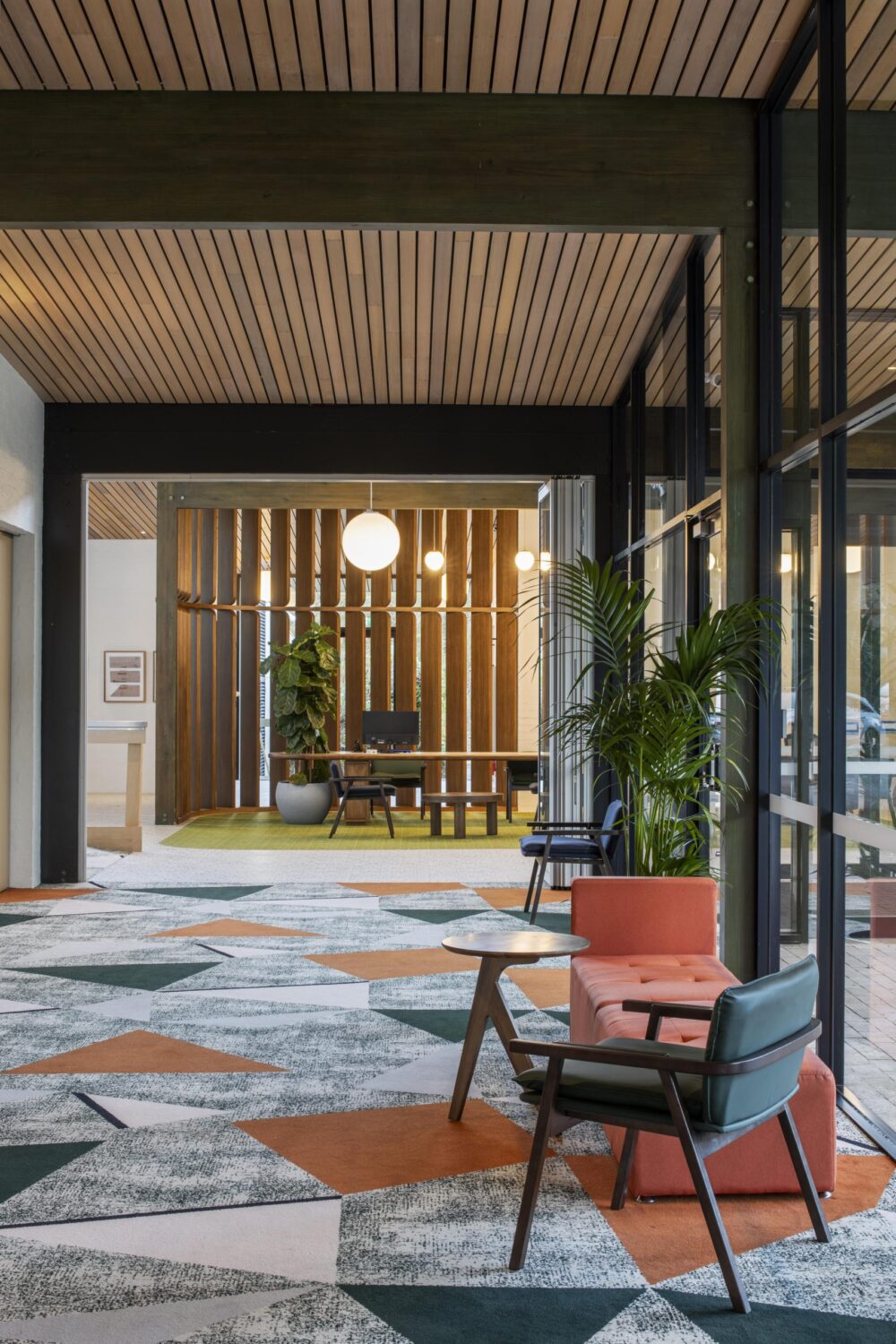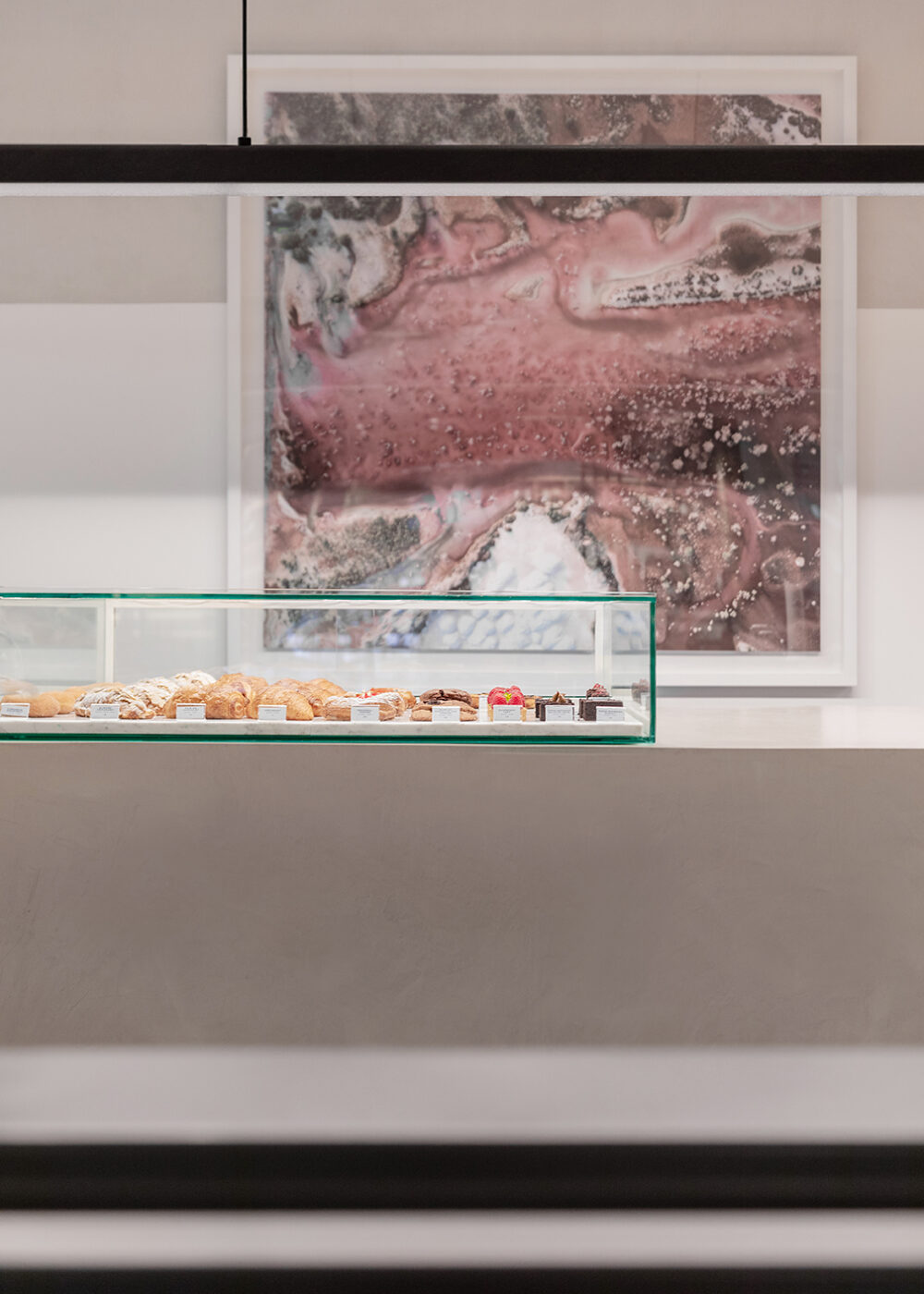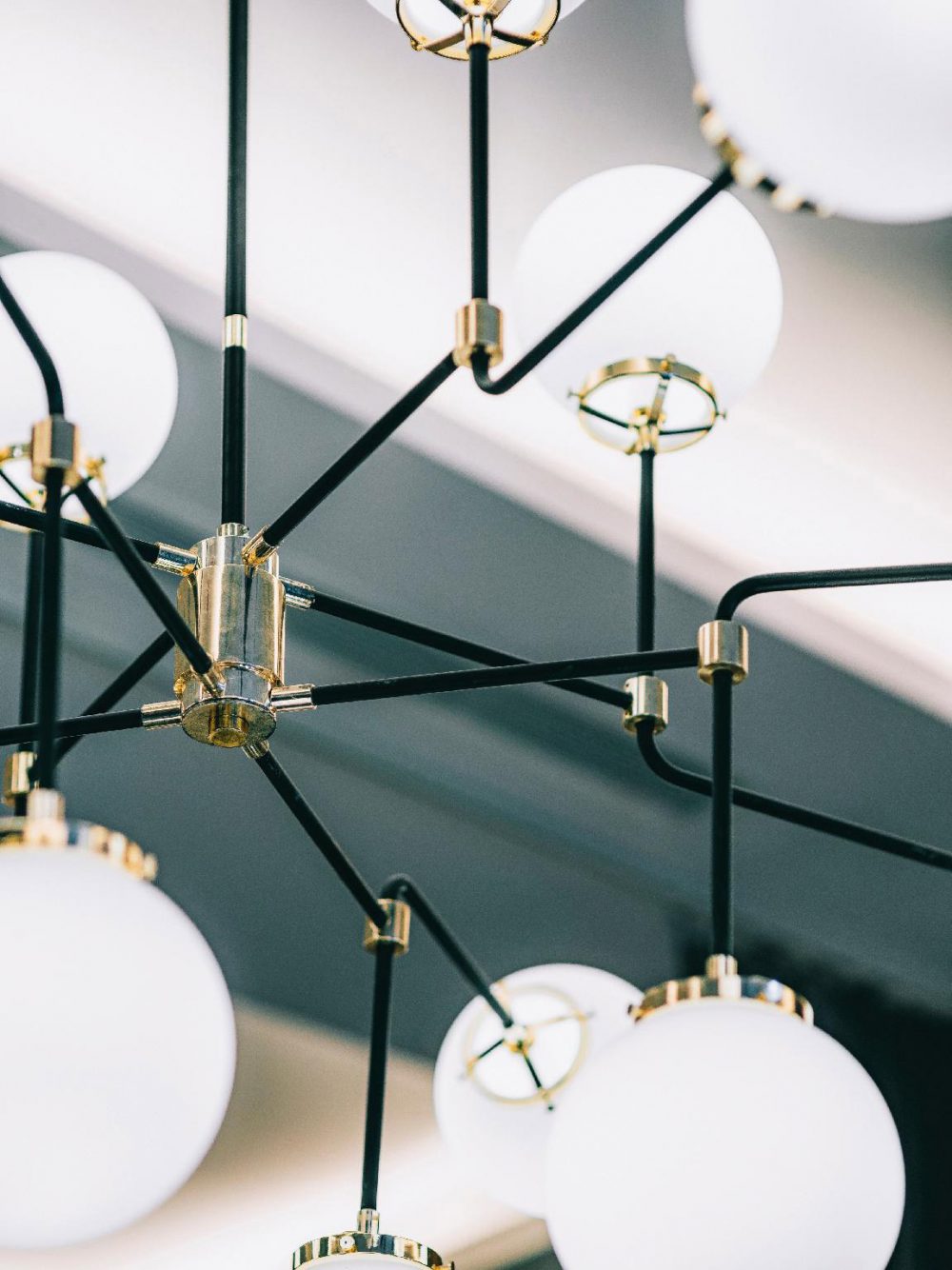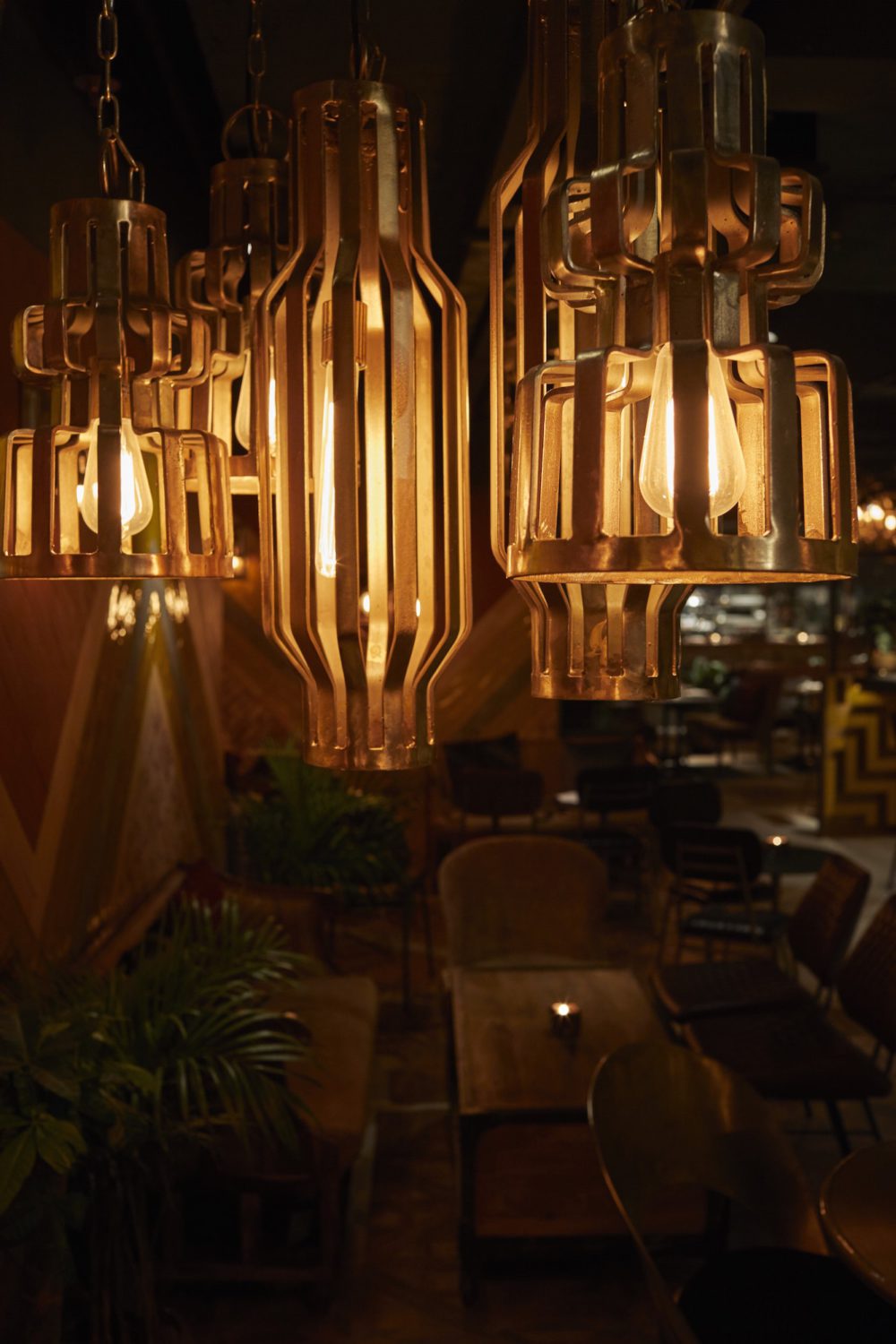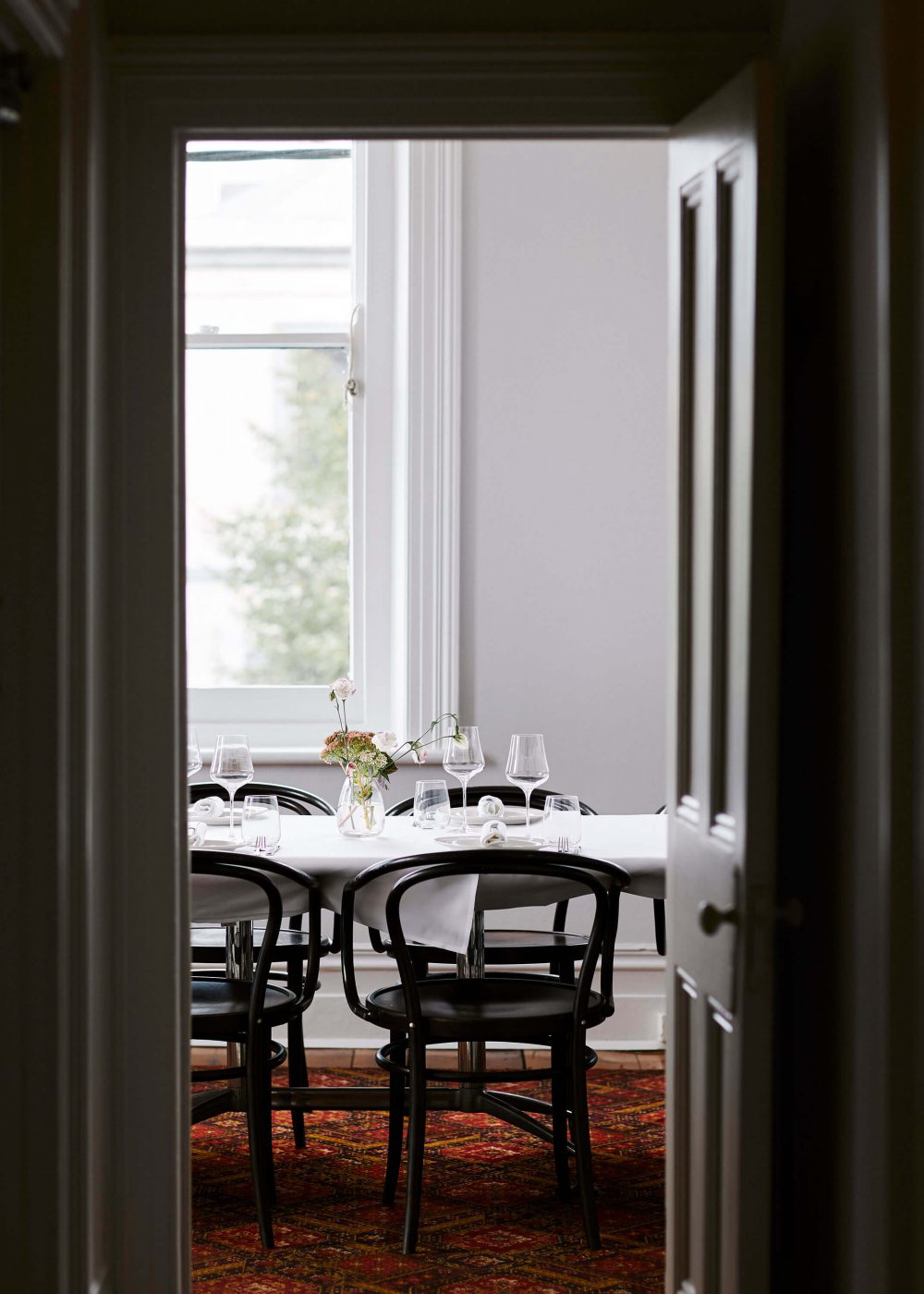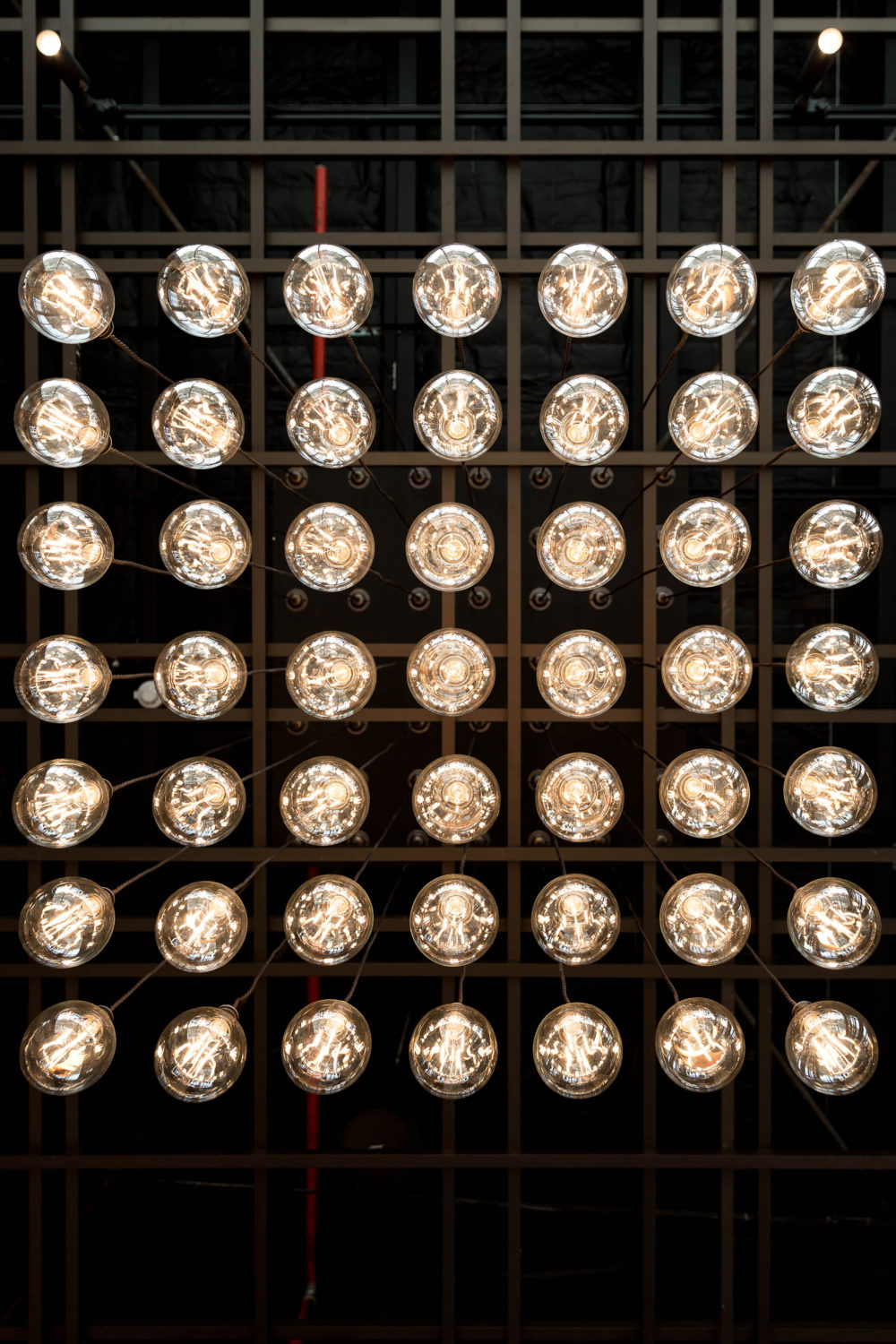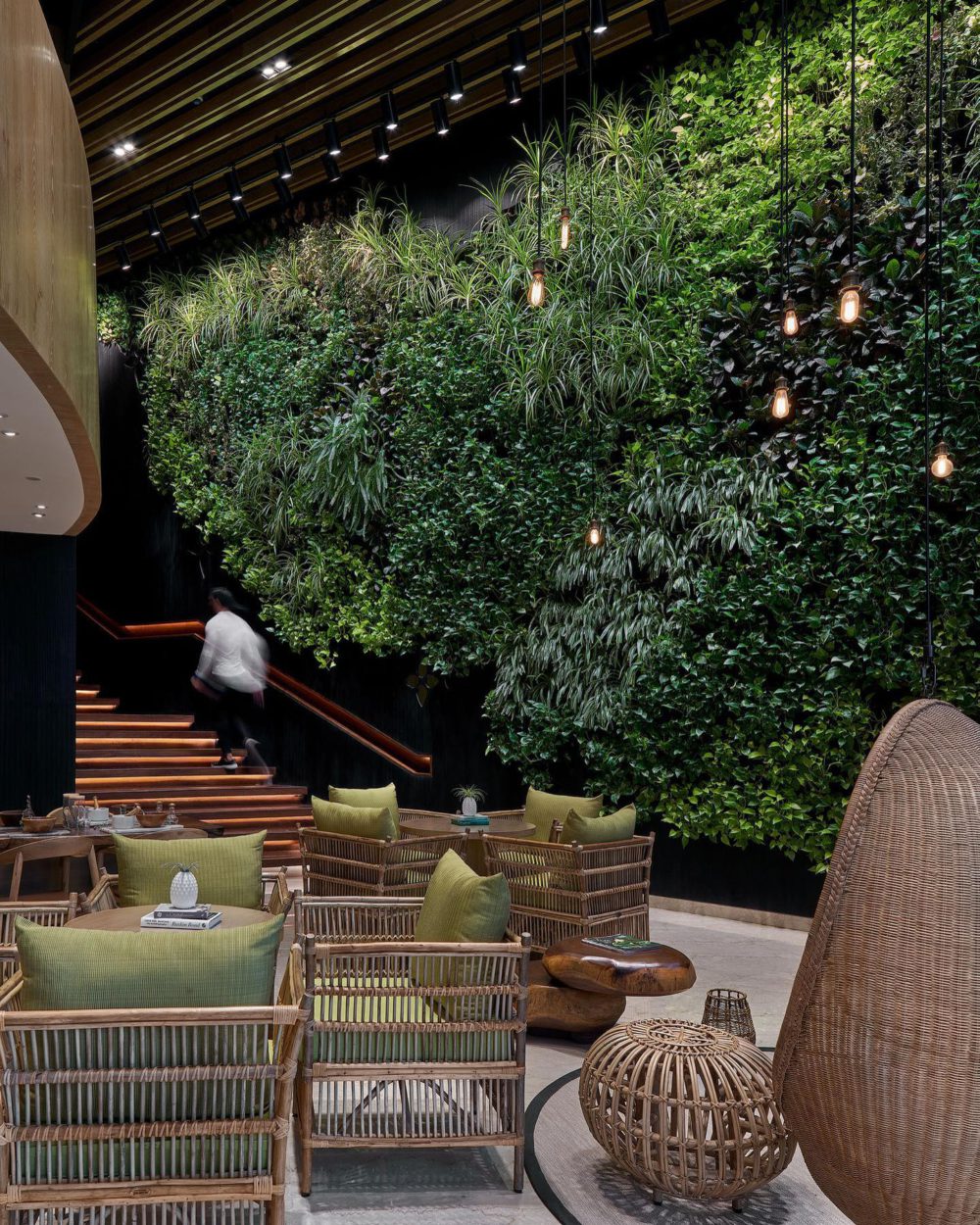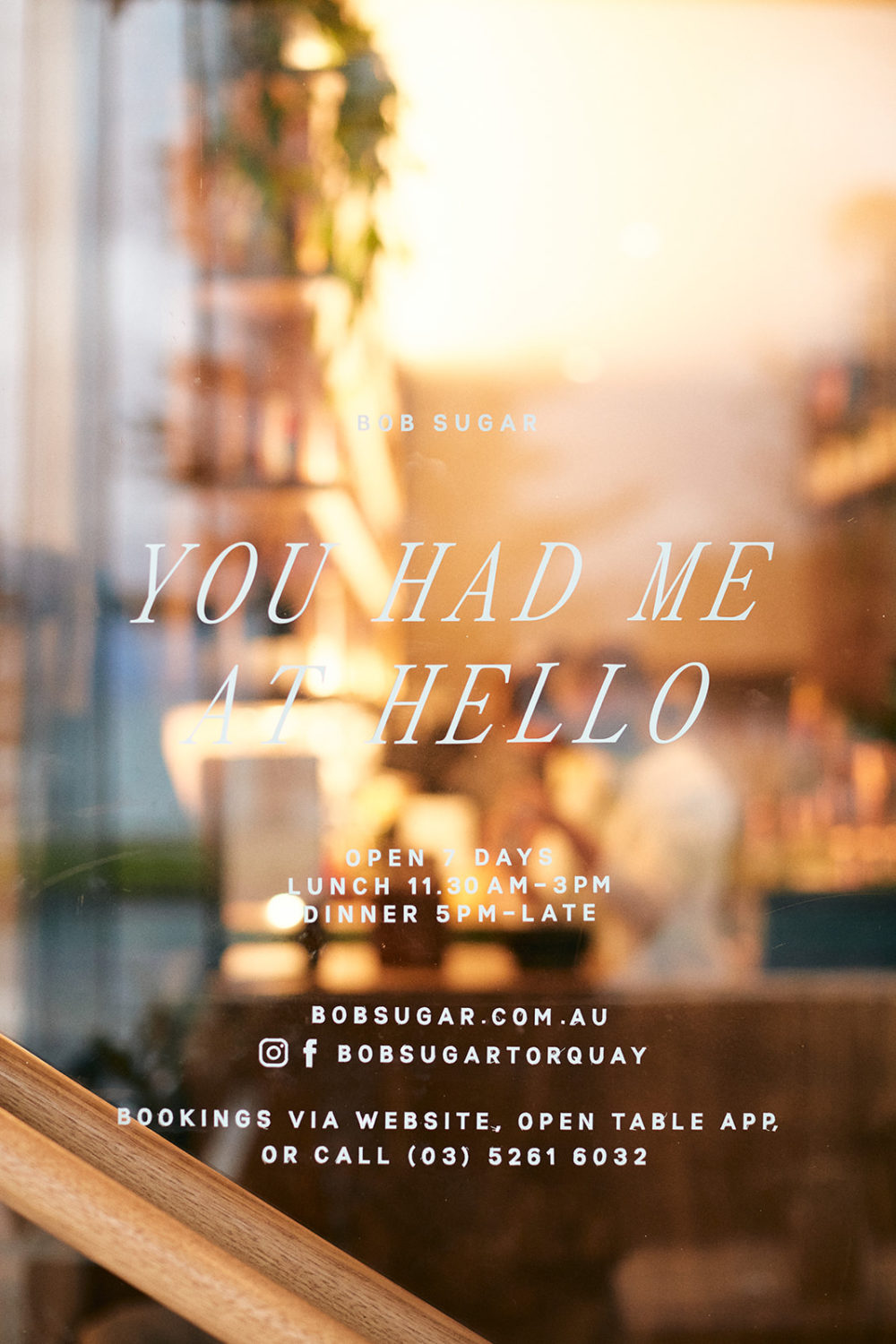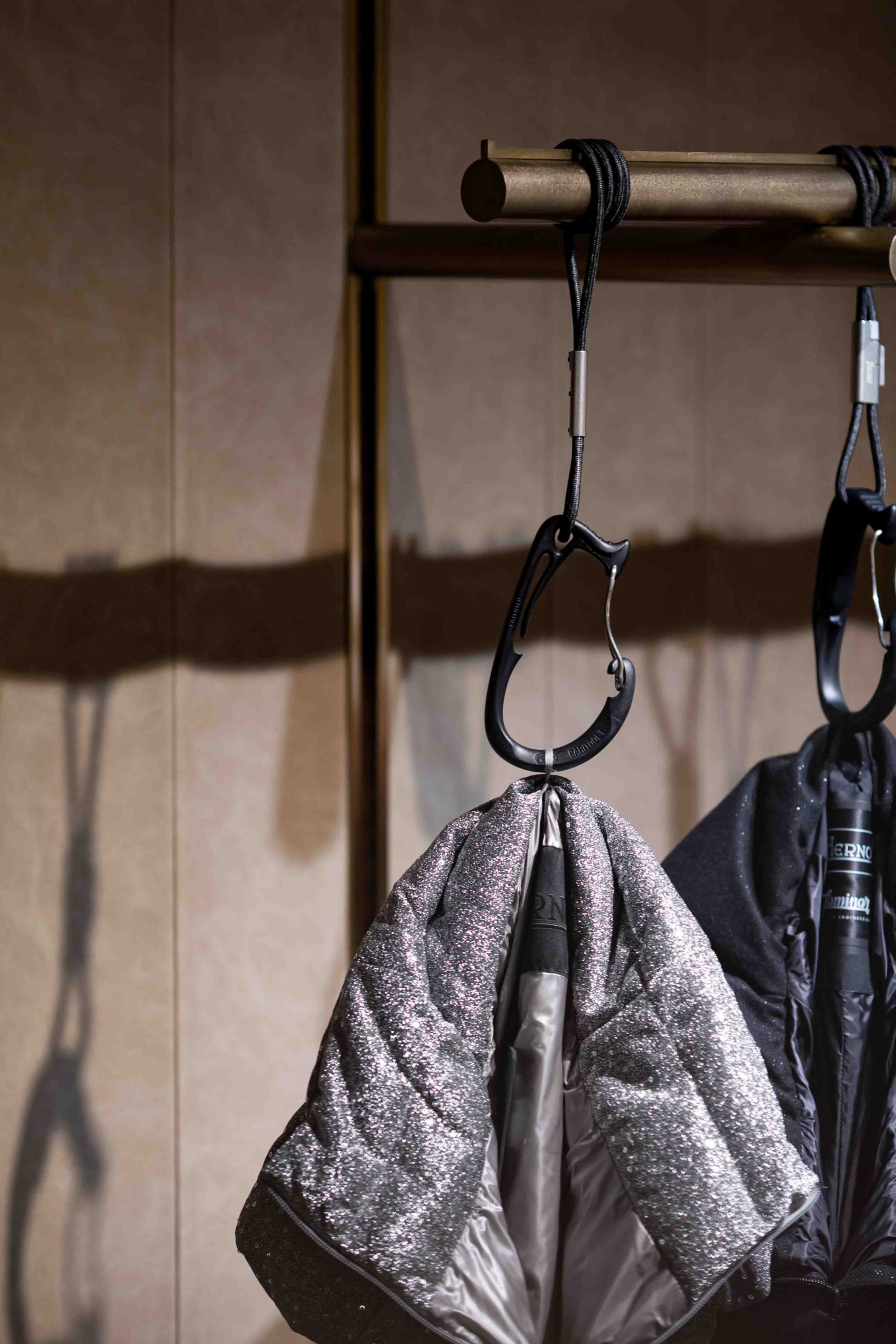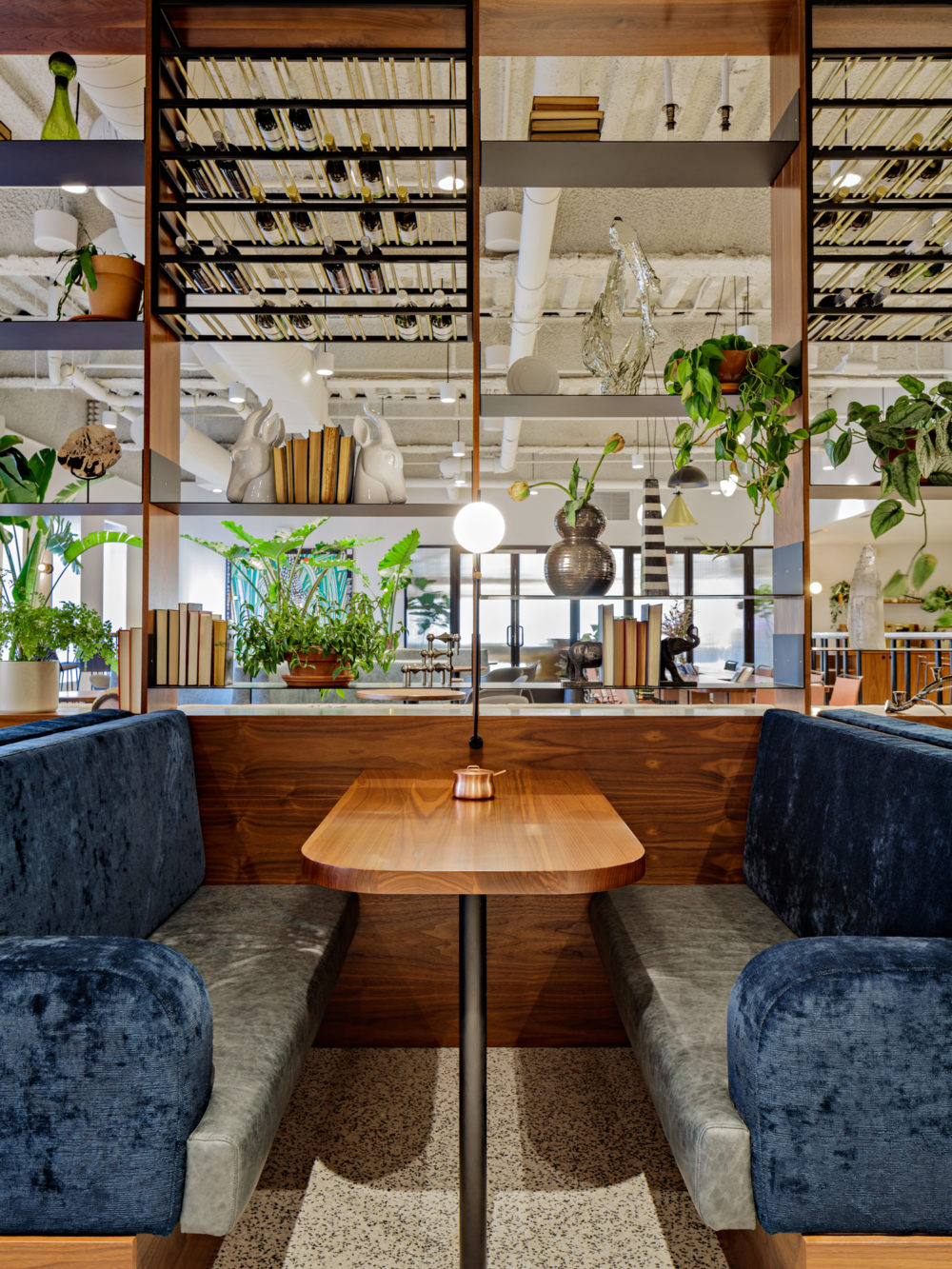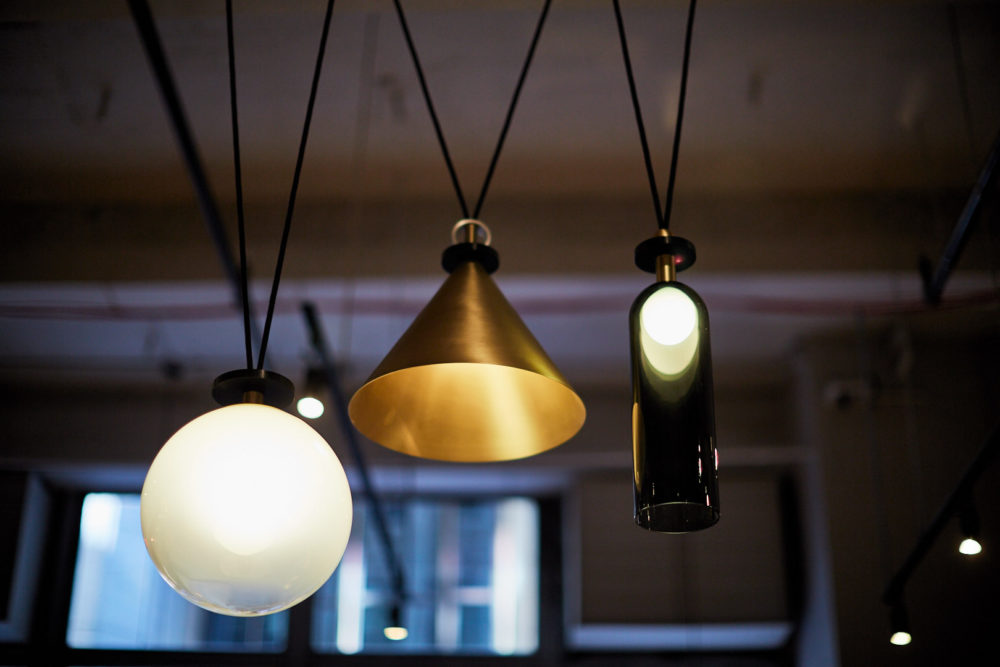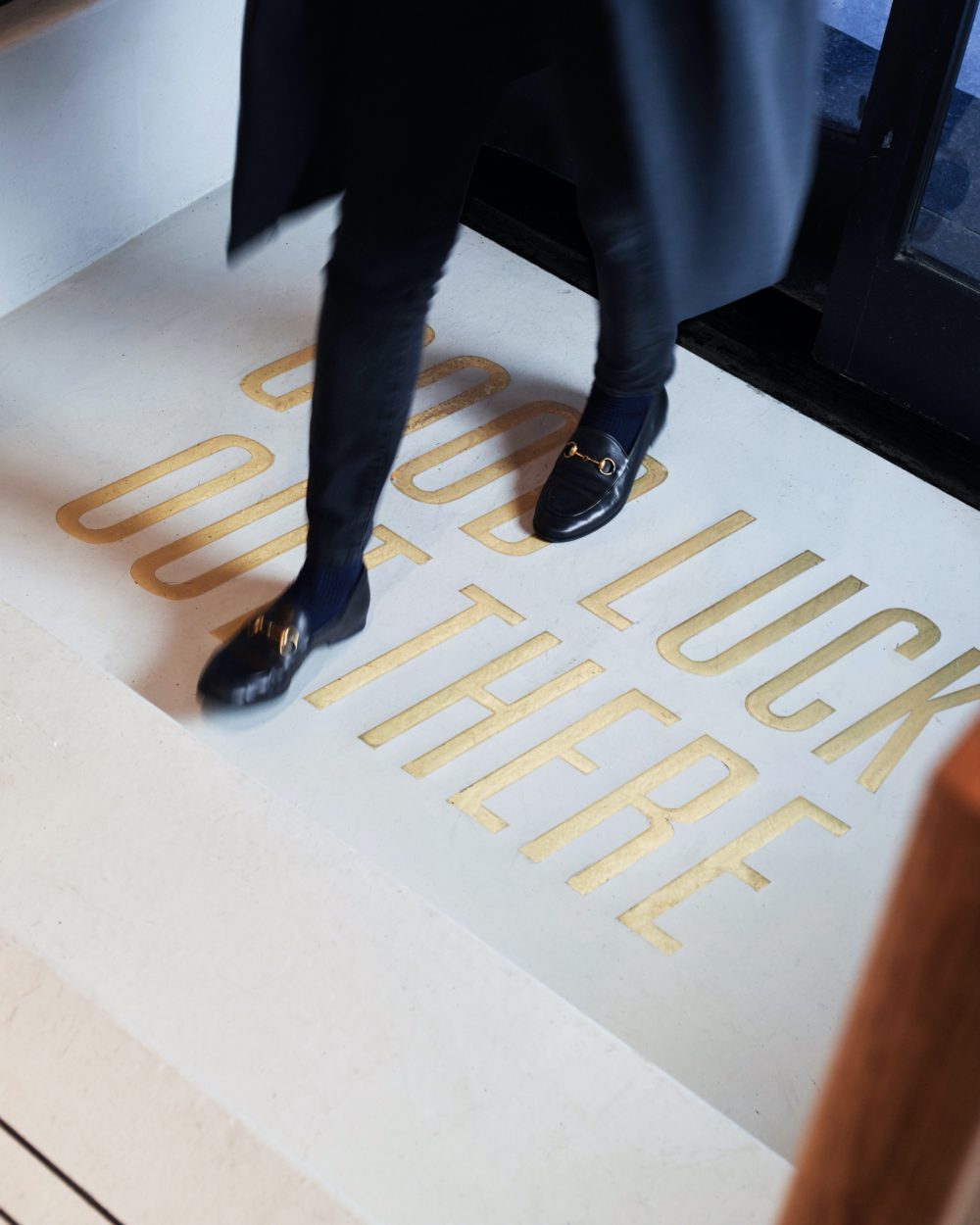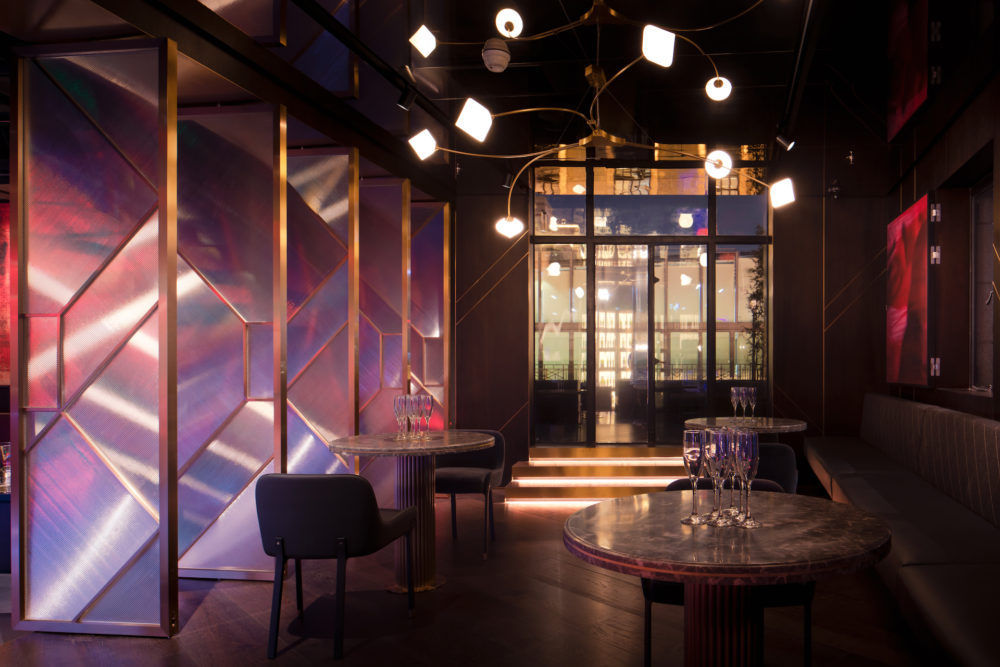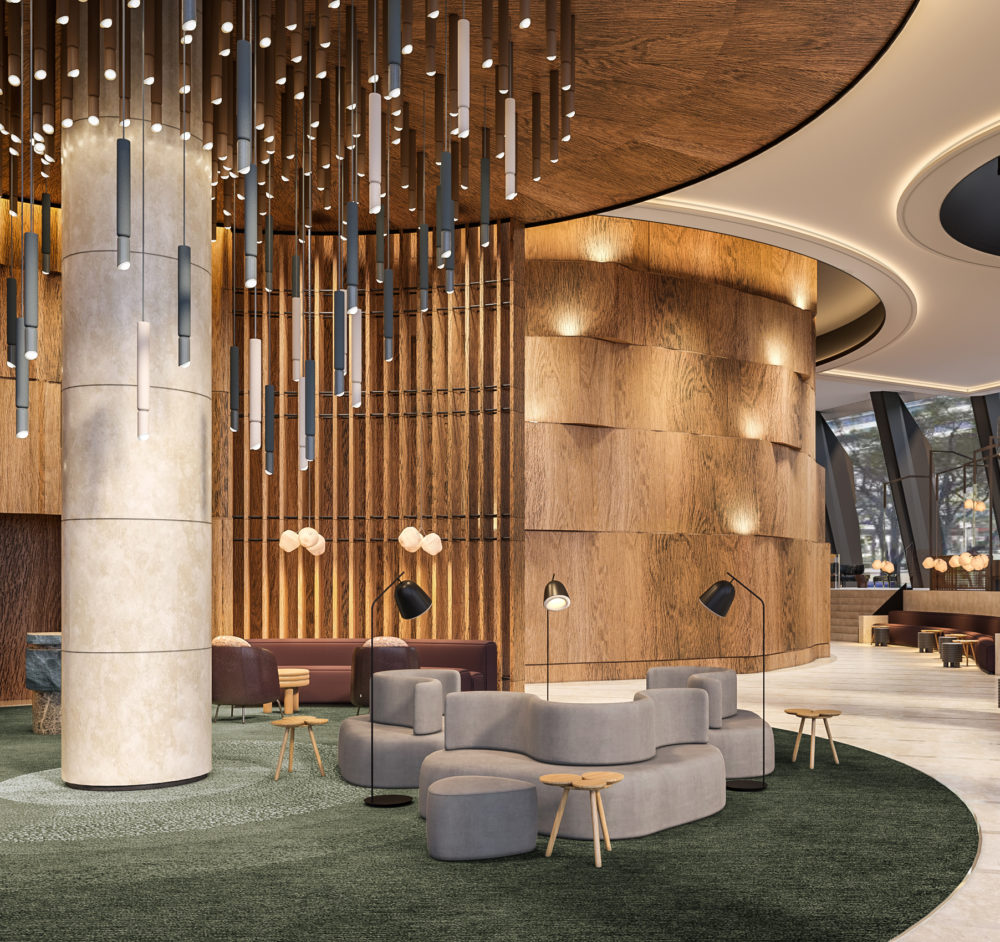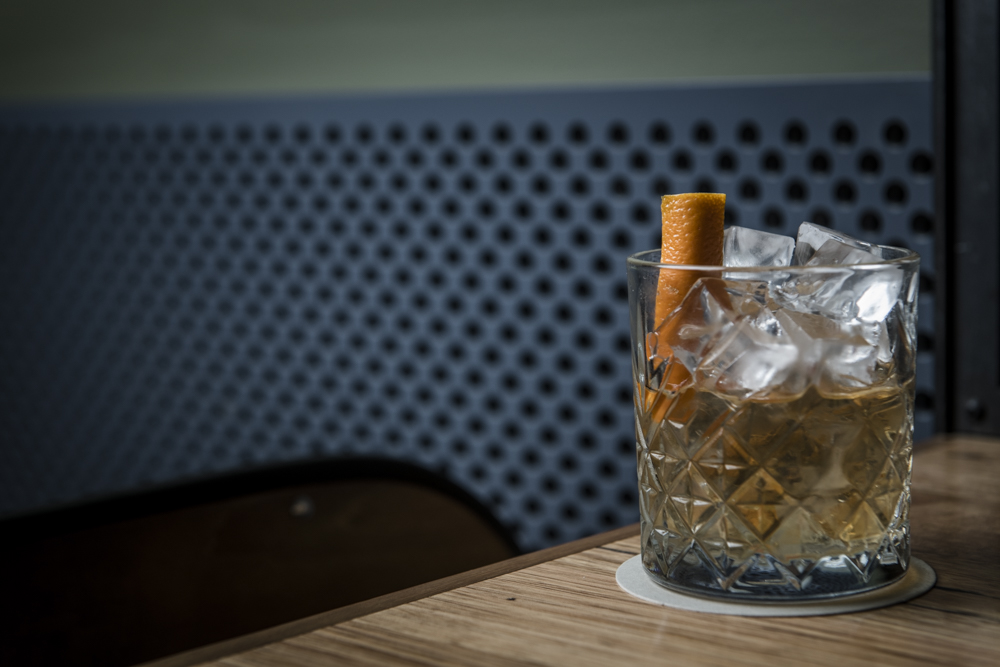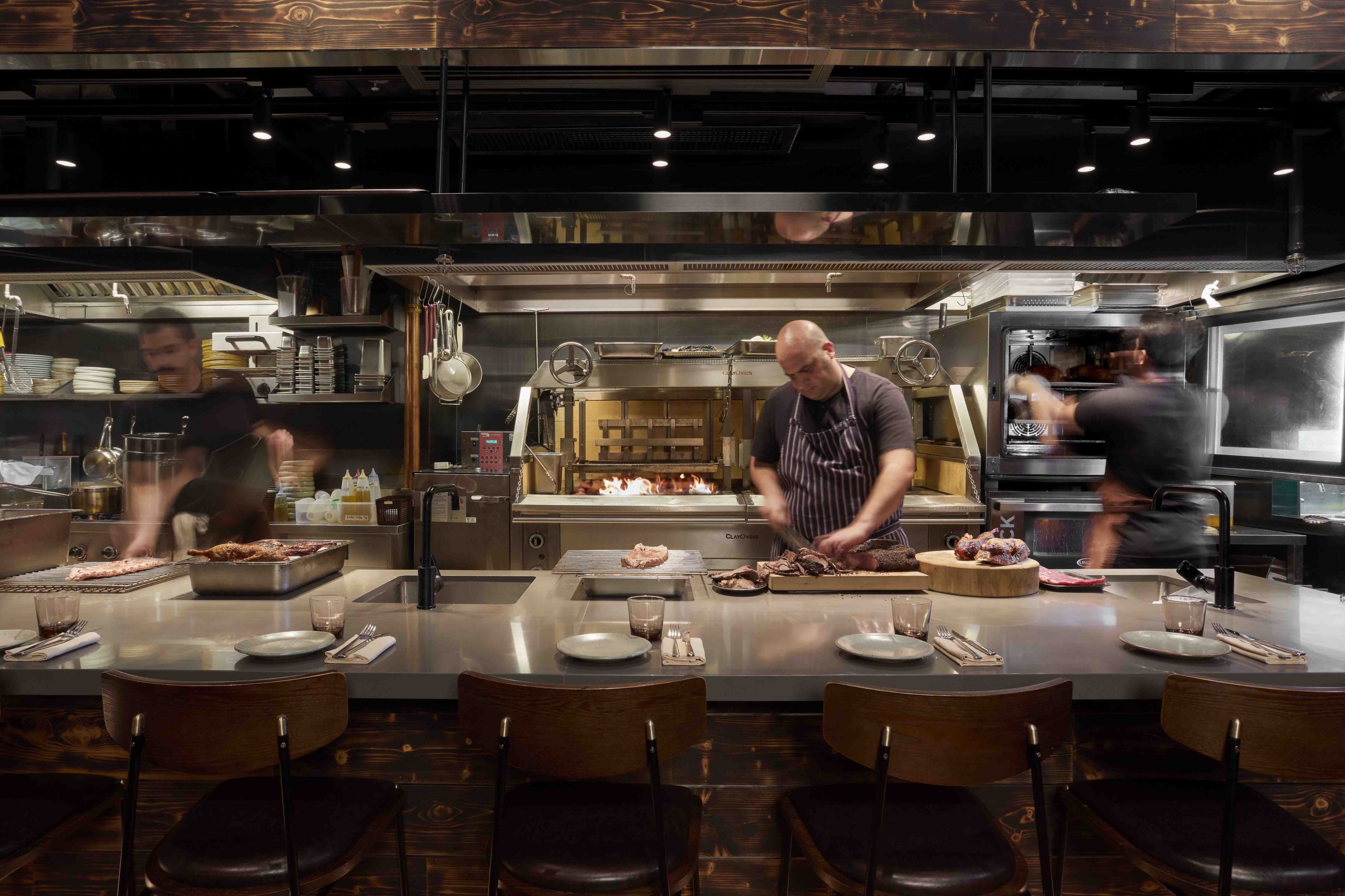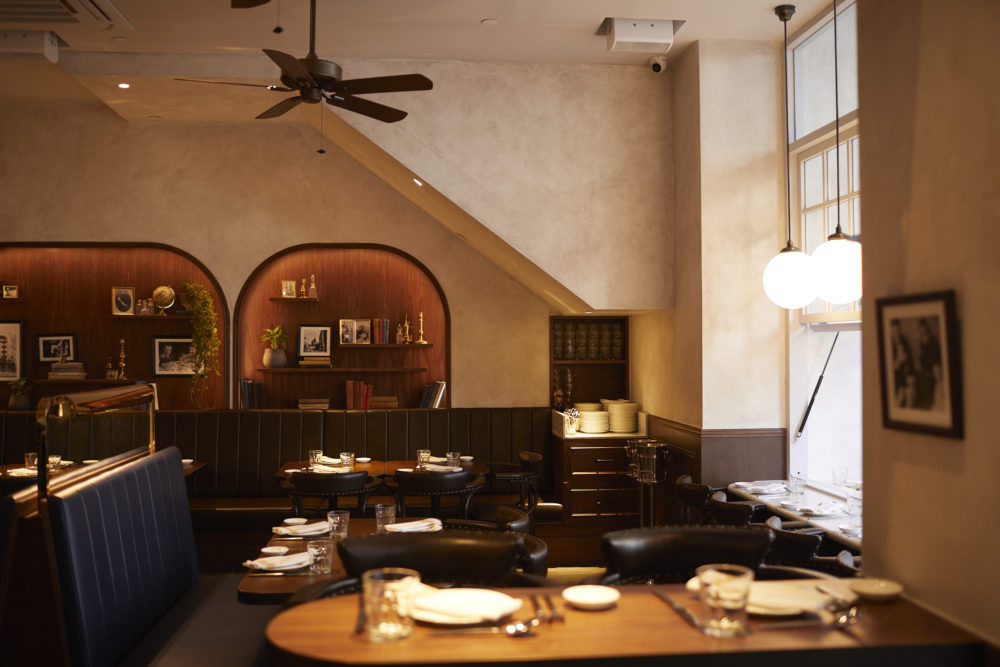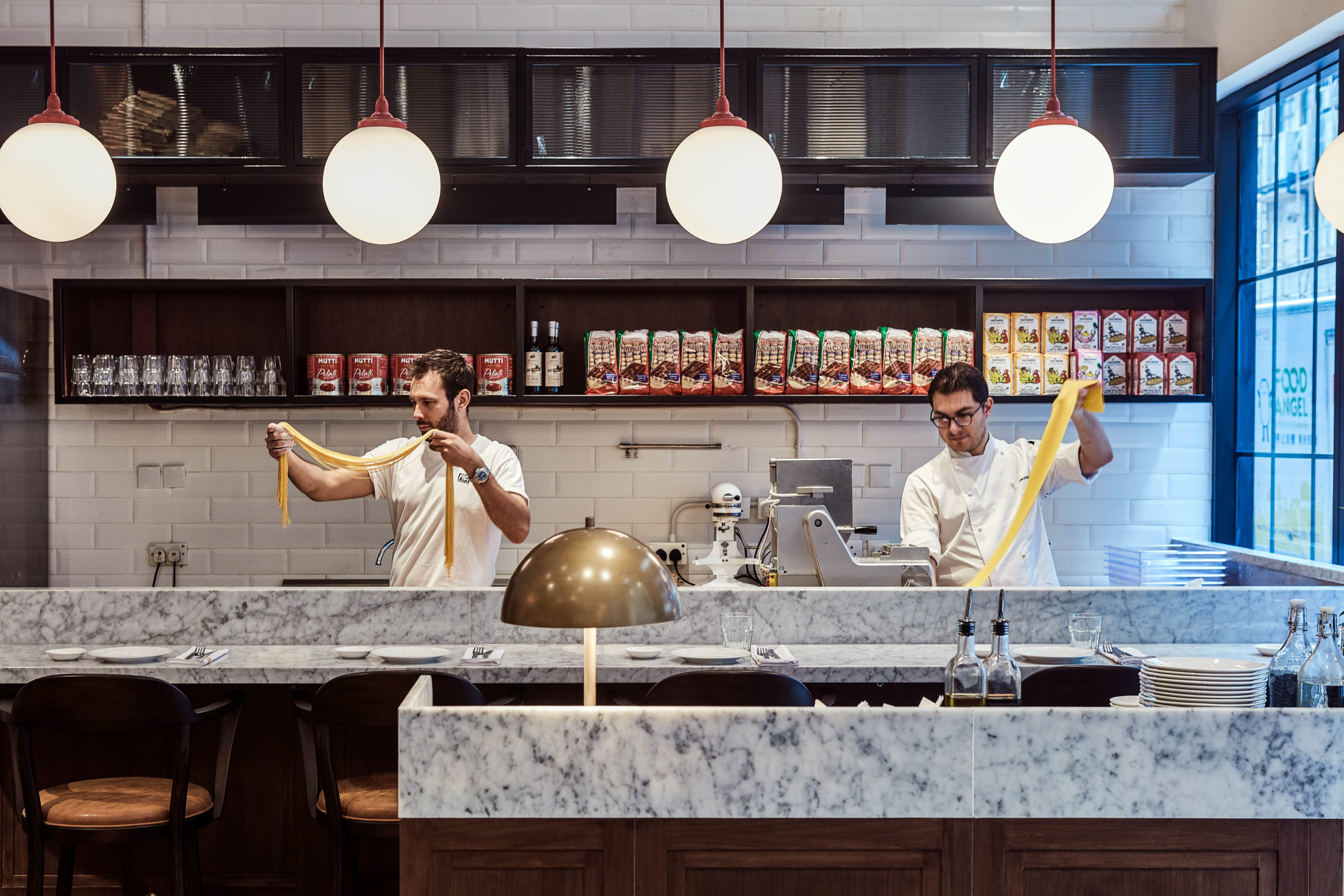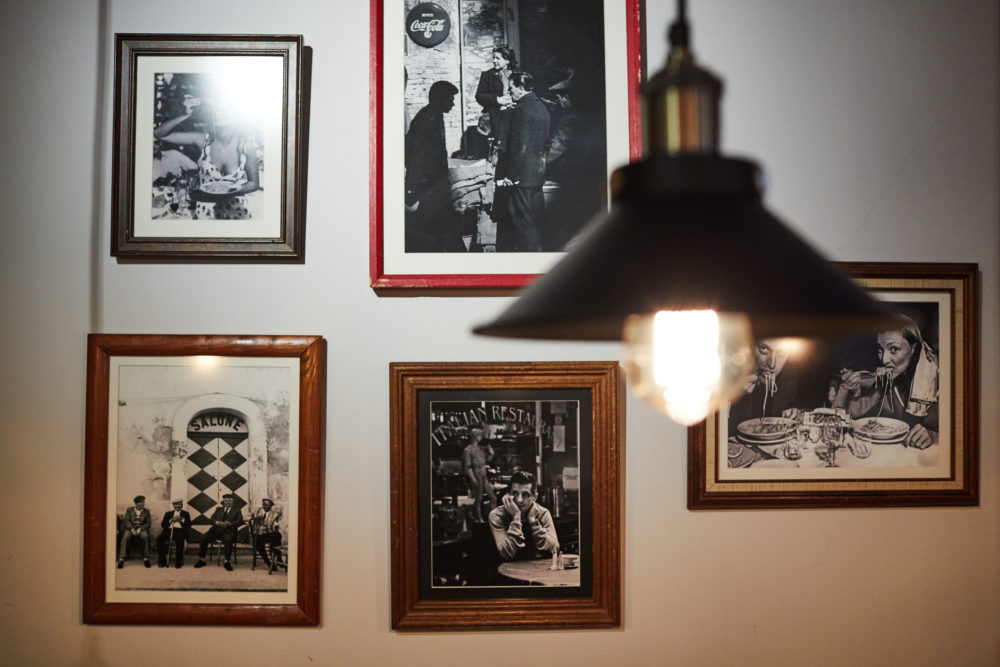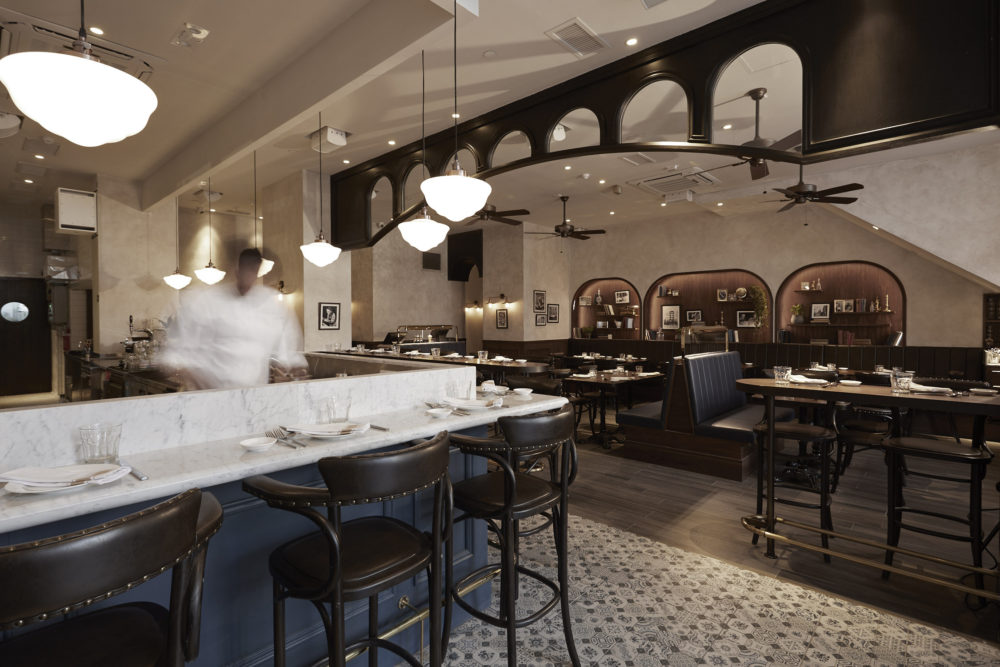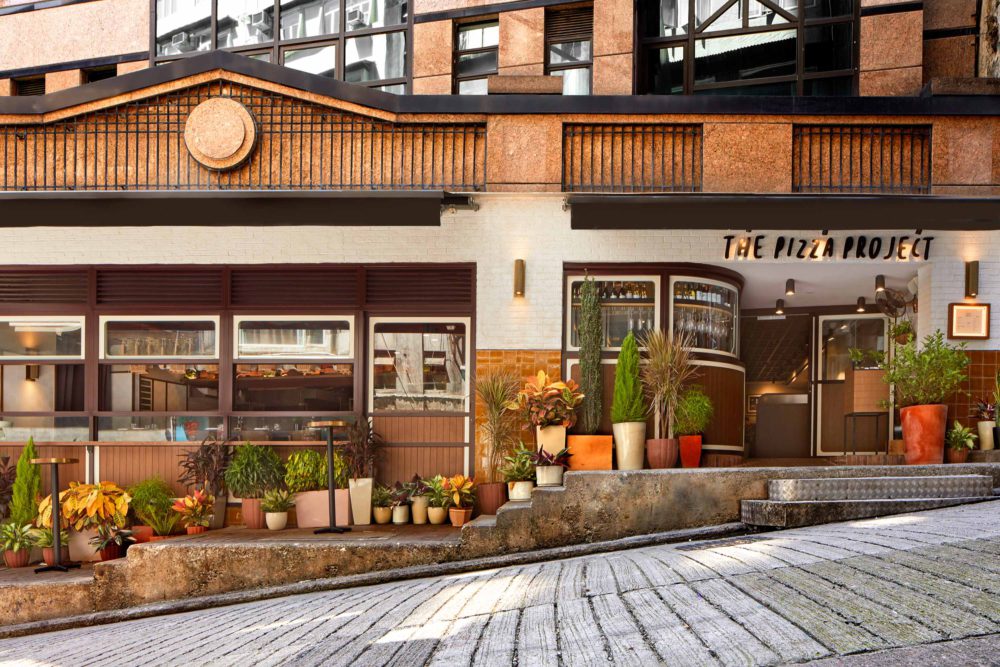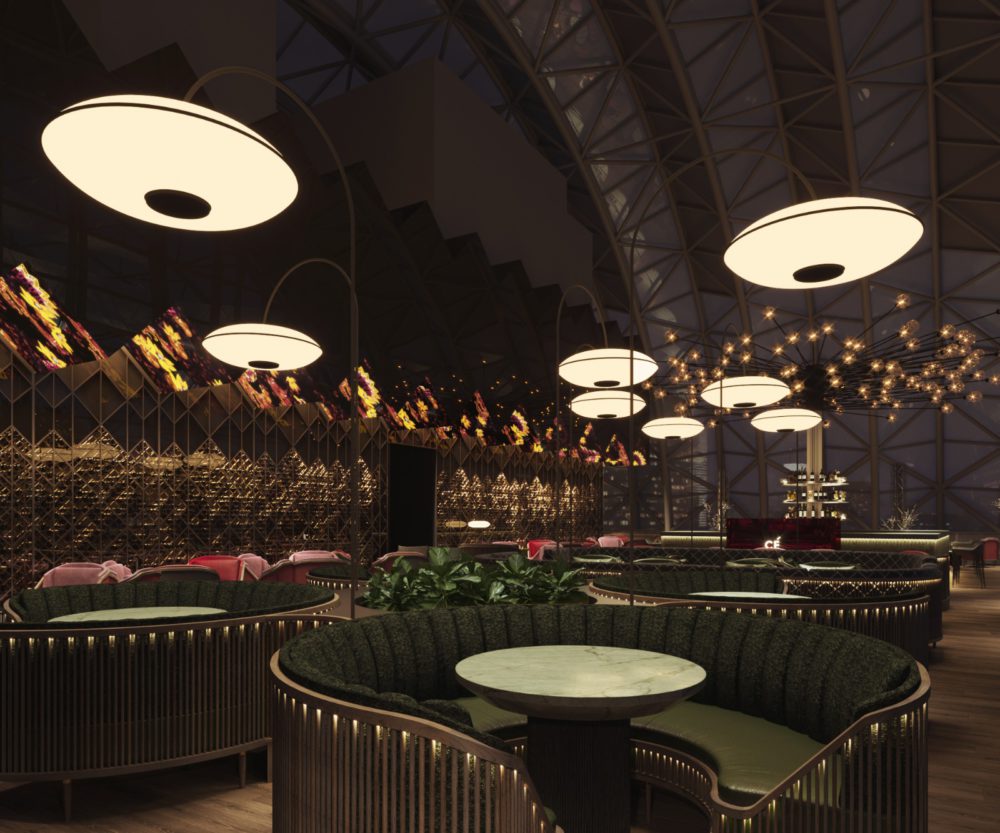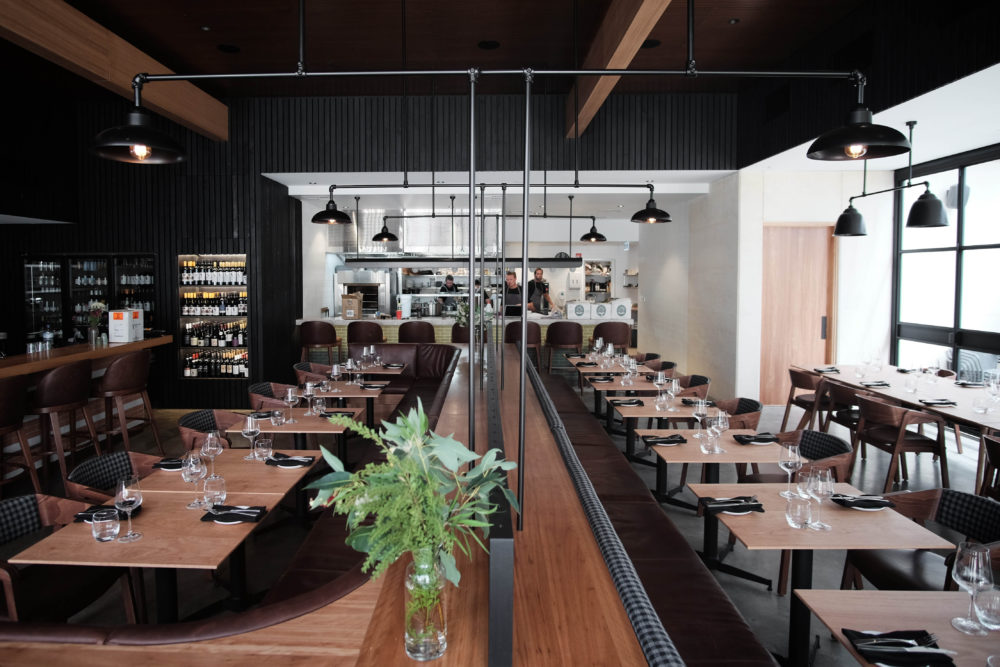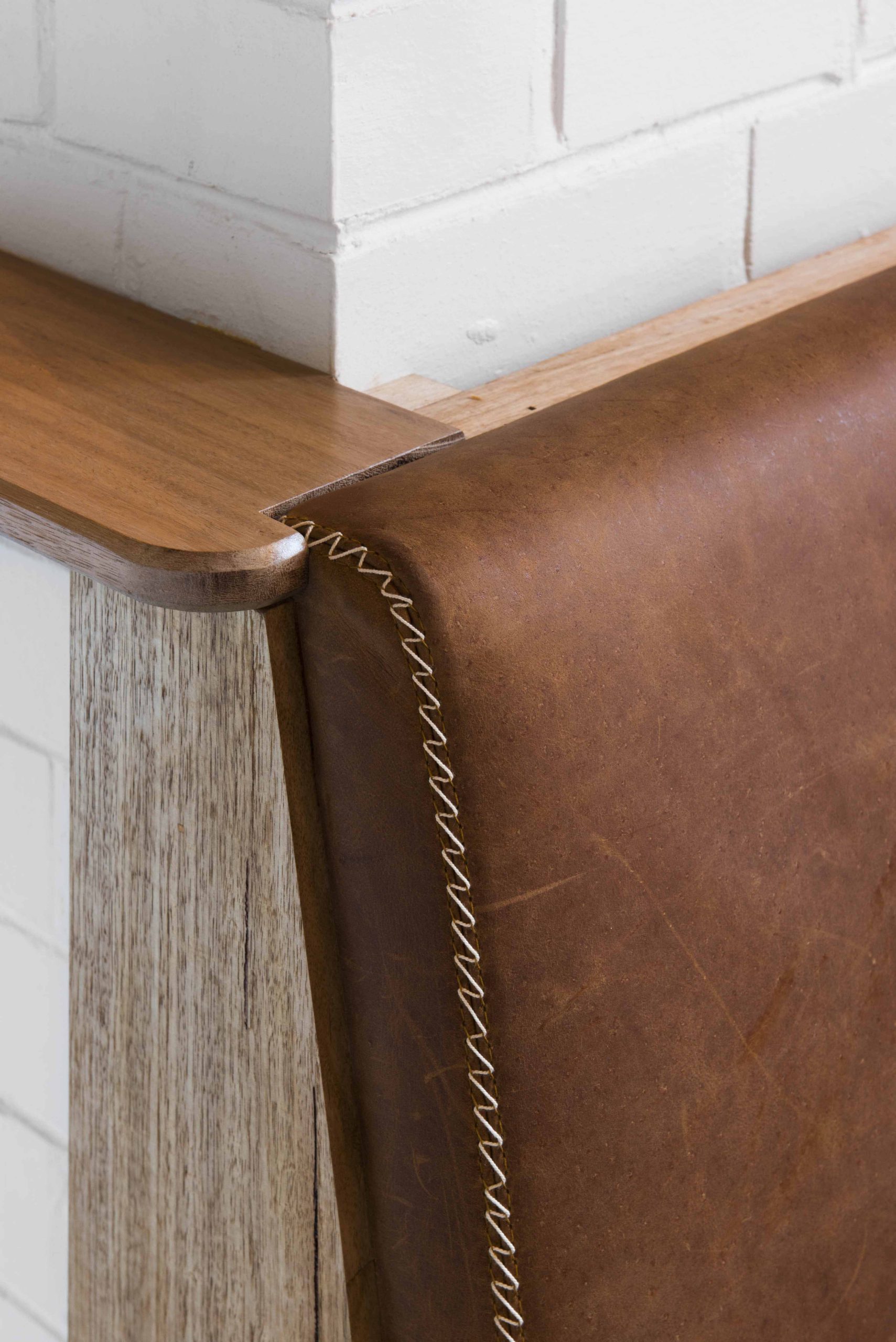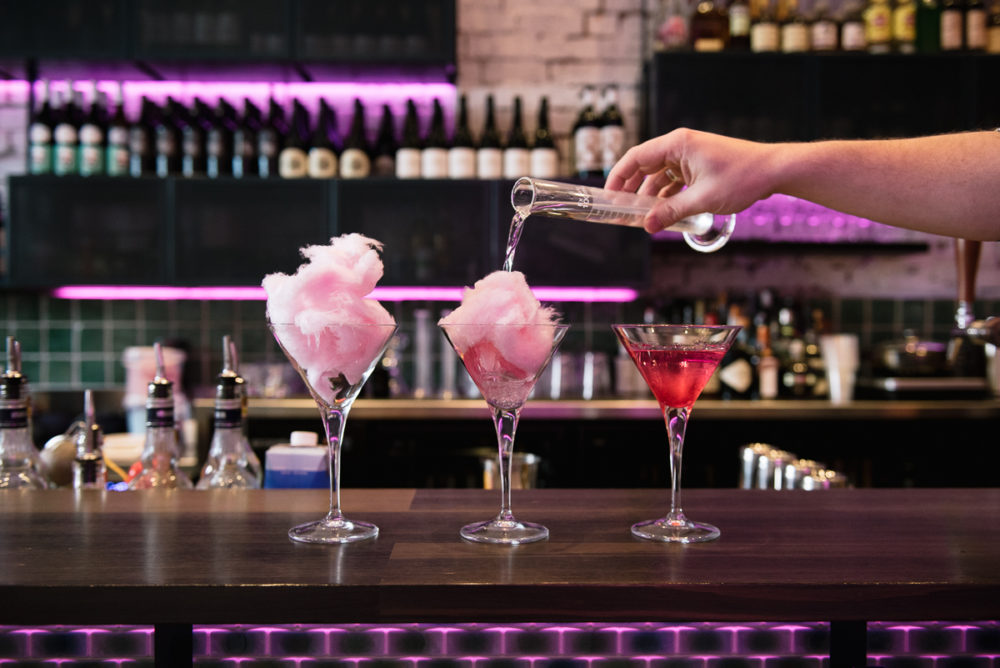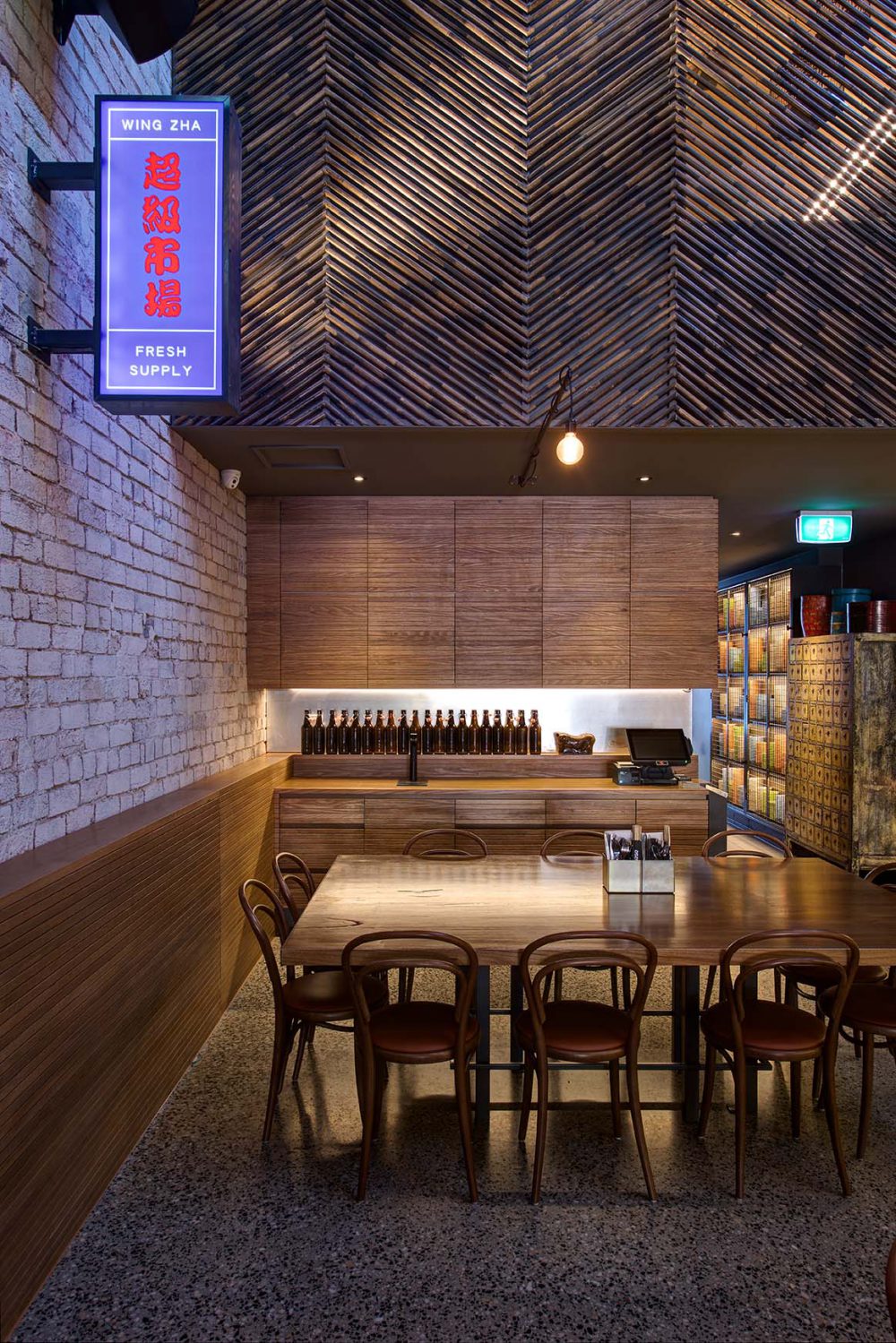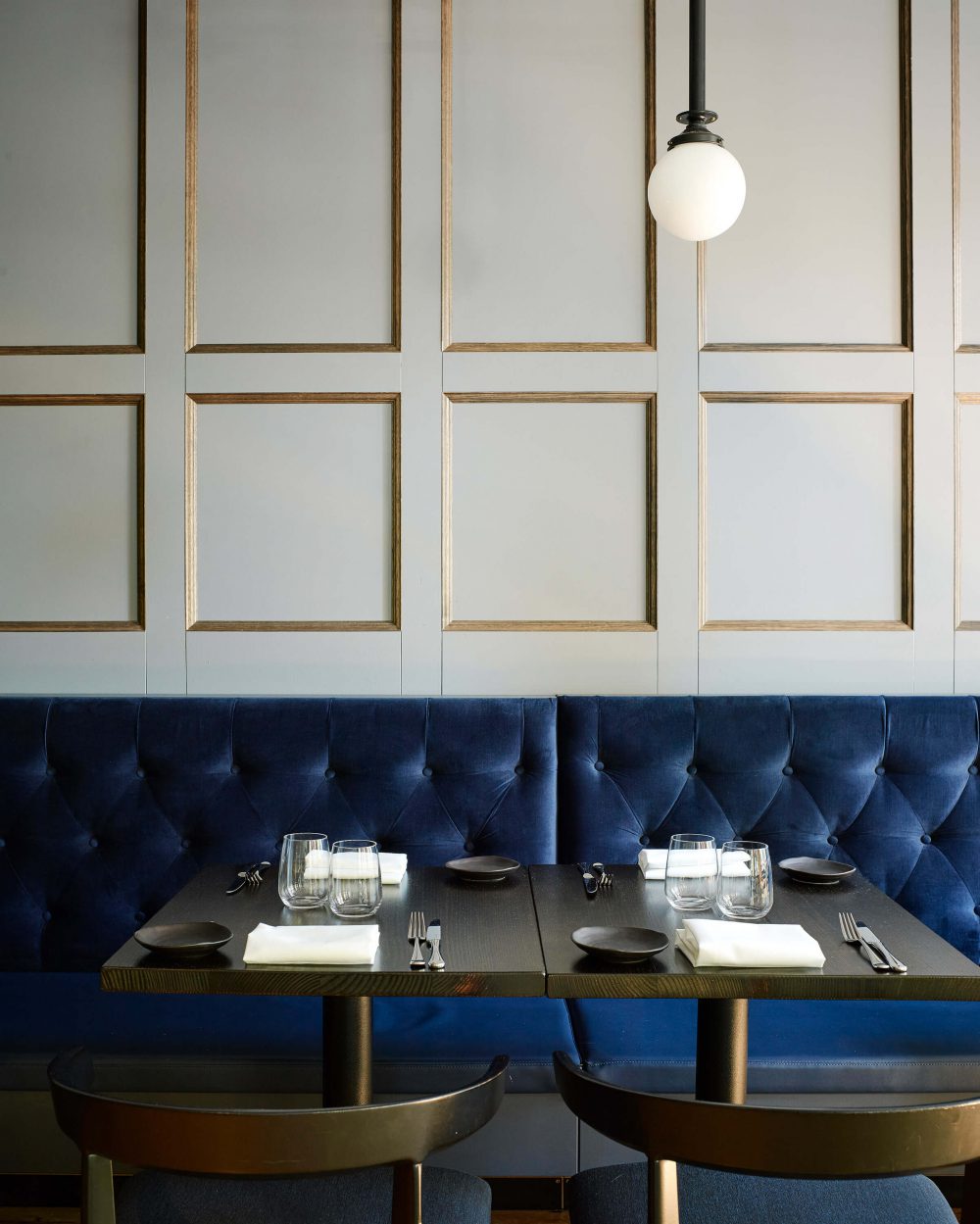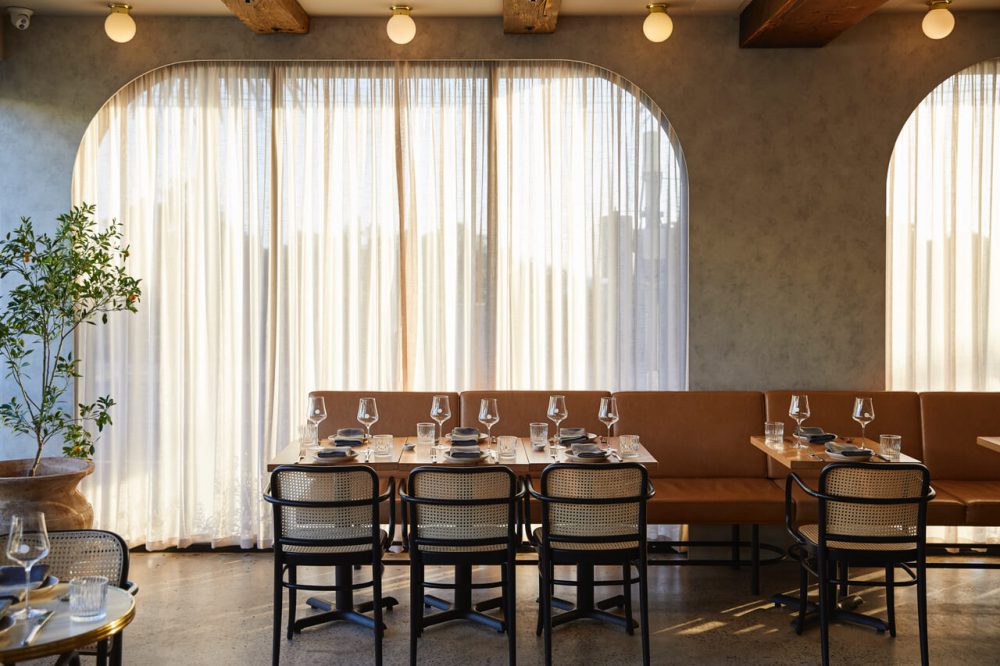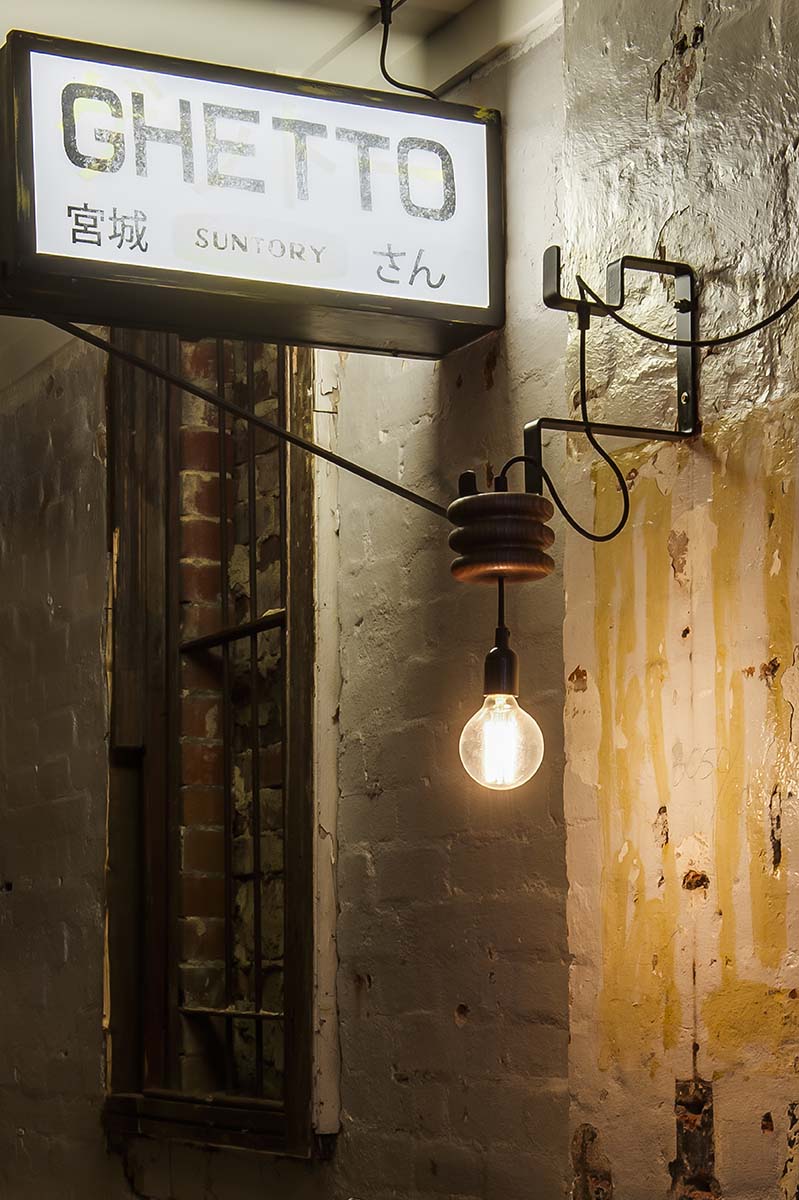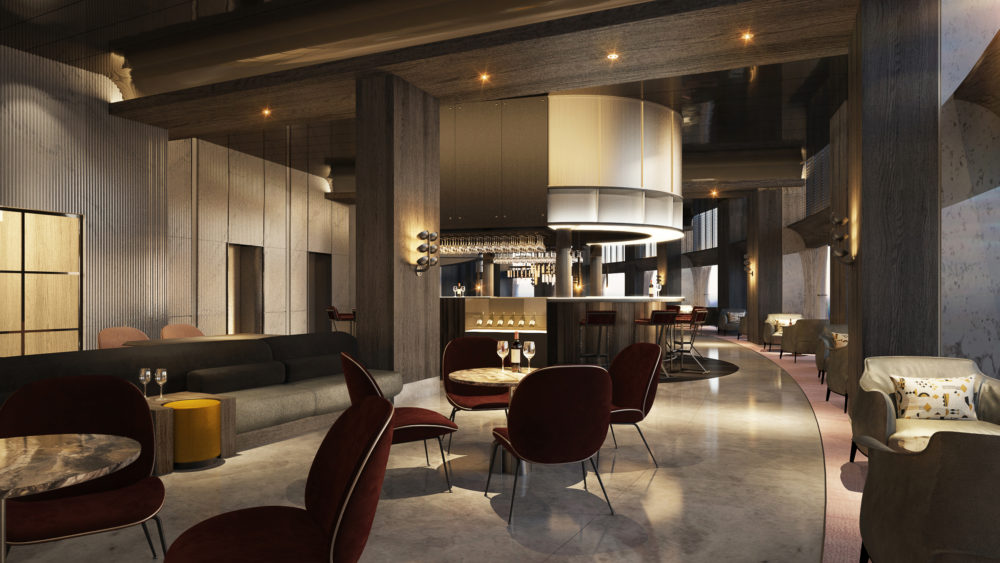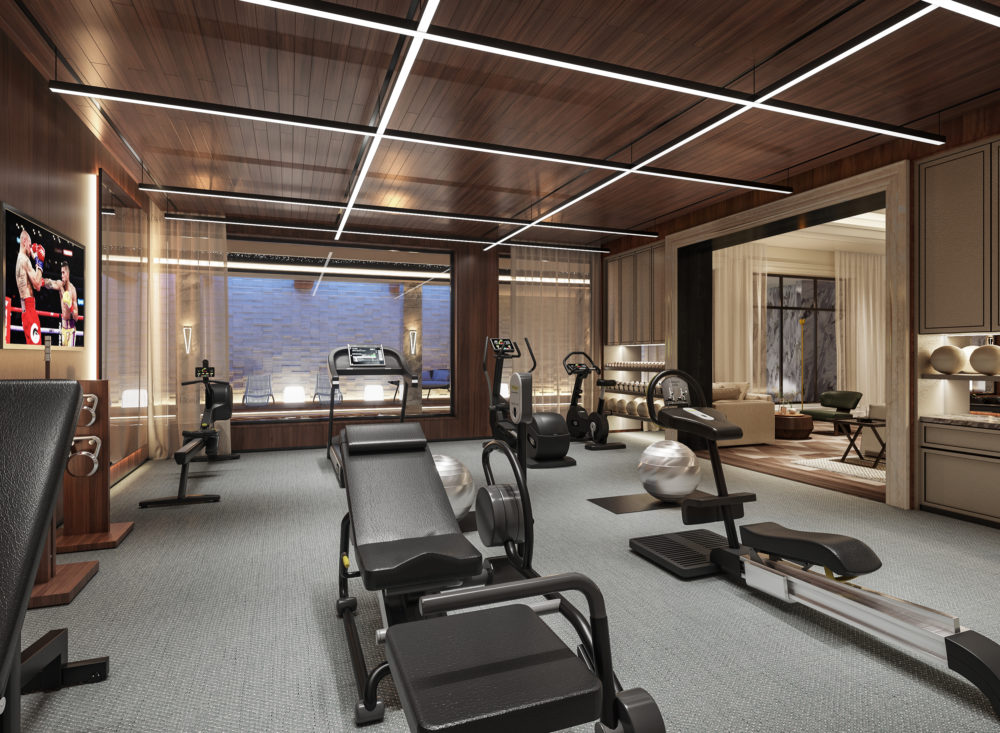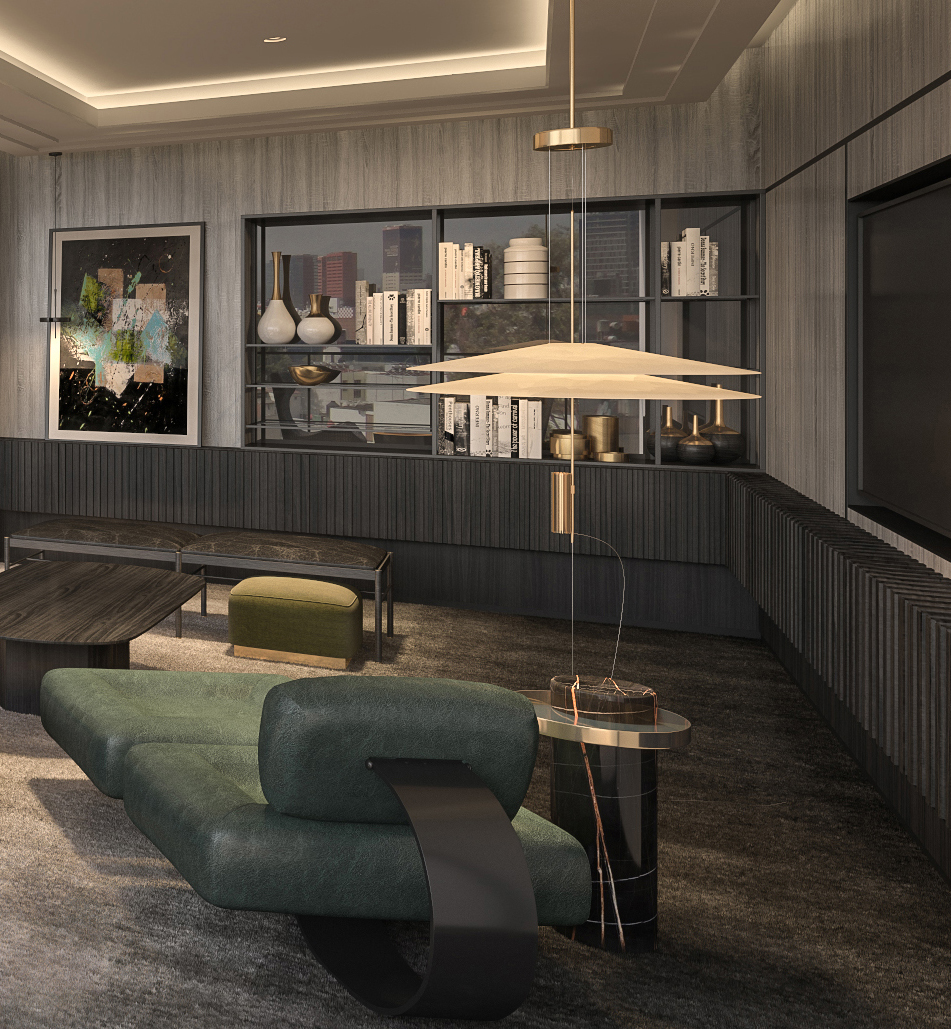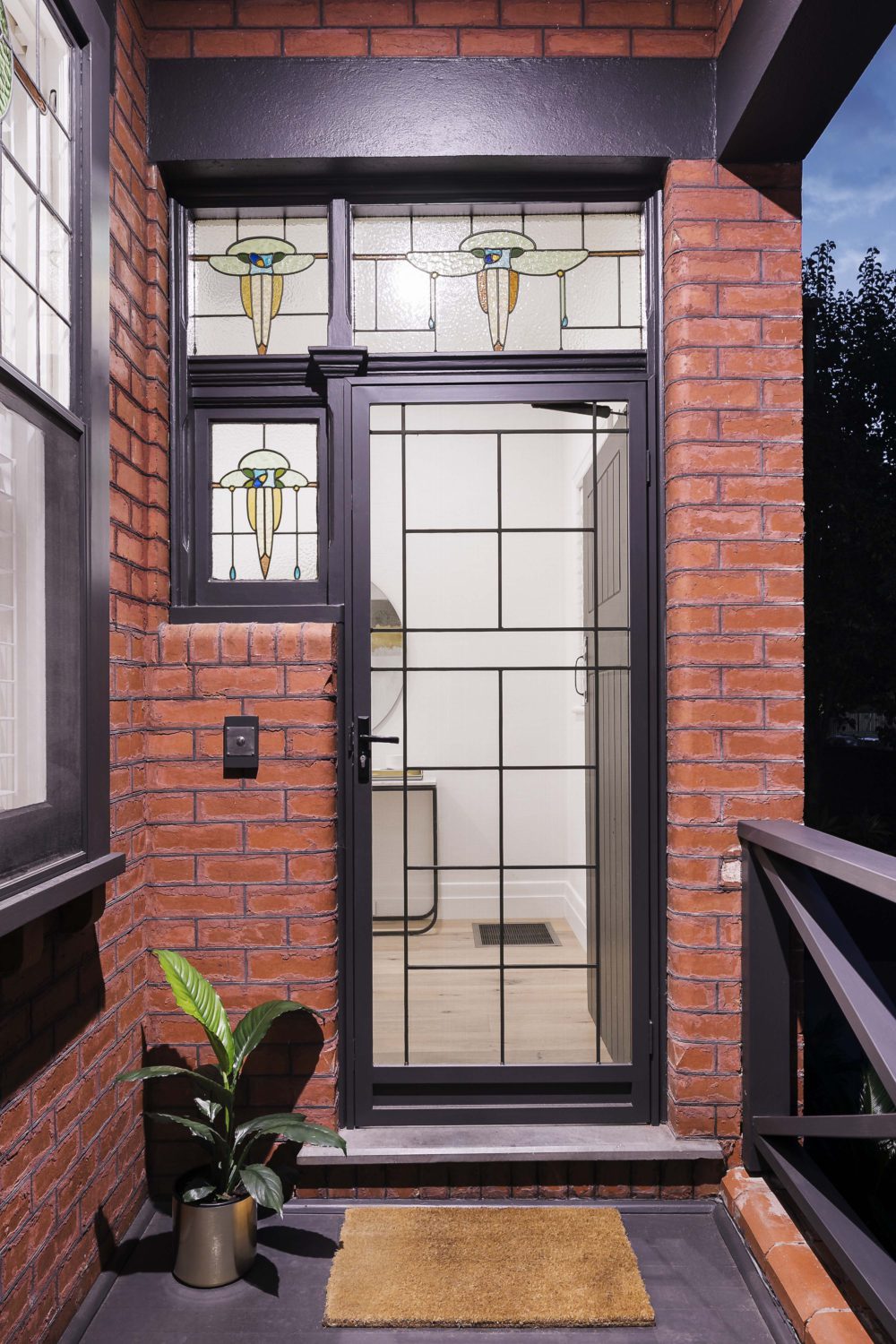Sustainable Tourism: Making an Impact Through Design
29 March 2021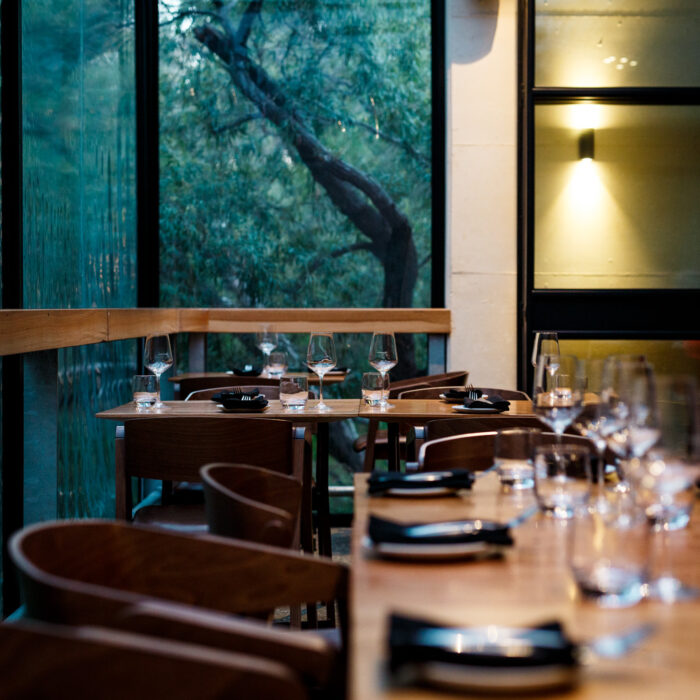
Hotel and Hospitality venues that achieve an ethical aesthetic are part of a new era in re-defined luxury, as conscious consumers seek out experiences that are in alignment with their values.
The expanse of space, natural light, the smells, fresh airflow, and the way nature is incorporated all come into play to create this luxurious atmosphere. This creates a fantastic opportunity for Interior Architects and Designers to use thoughtful designs that create meaningful impact.
Designers taking the lead in this space, recognise that sustainability is way more than just a trend. It is a responsibility. Here’s how we see it playing out:
Materials
Creativity with purpose has led to exciting innovations, in the use and creation of materials that are kinder to the planet and less wasteful.
When restaurant and cellar door, Yarri in Dunsborough, Western Australia purchased a bush block near Margaret River they needed to clear some beautiful blackbutt trees in order to build their premises. Rather than discard these trees, the timber was milled and used in the interior, providing not only beauty but adding local integrity to the design.
High-grade recycled timbers are now highly sought-after, valued for their strength, sustainability, and worn patina. In part, as access to timbers harvested from the world’s old-growth forests is severely restricted. For many species, the only responsible way to purchase them is second hand. They have a history, authenticity, and a story which makes them very appealing.
Other imaginative design solutions we’re seeing include wall hooks made of recycled plastic from the ocean. These are being used within the M&E design for a flagship property we are bringing to the Australian market with an international operator.
M&E often works with art consultants Red T Group, to use retired linen from the hospitality industry to create sophisticated printed art works. This offers circularity to hospitality brands; using the waste linen from one property to create the art for the another under the same brand.
Local
Sustainability is as much about supporting the local community and economy as it is minimising your carbon footprint. Local suppliers and artisans are the bedrock of any sustainable design project.
An example we love is one of our suppliers Bute Fabrics, a bespoke Fabric mill on an island in Scotland. Bute Fabrics has a proud tradition of community focus, dating back decades.
The mill was founded in 1947 by the 5th Marquess of Bute with the sole purpose of providing employment opportunities for service people returning home from the Second World War. These values are still firmly embedded in the company and their engagement with local schools and colleges promotes positive opportunities for children of all ages. Their tartan design project with Rothesay Academy is just one example.
The Bute Family Trust also supports its pupils to visit the future textiles training academy at Dumfries House, where they are taught sewing and trim-making using cloth from Bute Fabrics.
Water consumption
Outdoor water consumption is also a key consideration in any design, with the use of native plants and slow drip irrigation systems becoming common practice.
A fantastic example is Fort Barwara, a hotel being designed by M&E for Six Senses in India. Fort Barwara is located in one of the oldest areas on Rajasthan and receives very little rainfall, making water extremely precious. The hotels landscape and vegetation has been intricately designed to both retain water and survive with minimal rainfall, staying lush and providing shade all year round.
Long-term impact
The impact a building has over time is a key consideration when approaching design problems. Multi-purpose spaces will be more sustainable in the long-term because they are adaptable to a new occupant’s needs.
Take Geelong Conference Centre, for example. M&E is renovating this space to include versatile spaces that accommodate anything from a yoga class, to an art exhibition or a week-long conference event.
As designers take the lead in sustainable ways of solving design problems, we are creating a true impact – for the planet, our communities, and consumers who are wanting to invest their leisure spend ethically.


